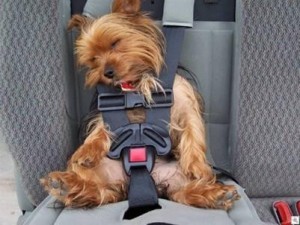Six Benefits of an Underground Invisible Pet Fence
By Kelley Kombrinck

A person petting a dog Description automatically generated” width=”108″ height=”162″>As pet owners, ensuring the safety and well-being of our furry friends is a top priority. One solution that has gained significant popularity in recent years is the underground invisible pet fence. This innovative system offers numerous benefits for both pets and their owners. In this article, we will delve into the hidden advantages of installing an underground invisible pet fence and understand why it has become a preferred choice for pet safety.
The electric underground pet fence was invented in the early 1970s and the patent was bought by current Pet Stop president John Purtell who created an installation and training process for utilizing the technology. He founded the first hidden fence company, Invisible Fence™ and introduced the world to a new era of pet safety.
The underground fence works by burying wire along a designated boundary or boundaries that emits a radio signal created by a transmitter. This signal is detected by a receiver, worn on the dog’s collar, if it gets within a certain distance of the boundary. When the receiver detects the signal, it delivers a mild static correction or a vibration signal. This correction is intended to startle or deter the dog from crossing the boundary. The intensity of the correction can often be adjusted to suit the dog’s size and temperament.
- Safety without Obstruction:
Traditional above-ground fences can obstruct the view of your yard and create a barrier between your pet and the outside world. However, an underground invisible pet fence eliminates this issue entirely. It allows your pet to roam freely while maintaining an unobstructed view, giving them a sense of openness and freedom. With the invisible fence, your pet can enjoy the outdoors without compromising their safety.
- Preserves Aesthetics:
An underground invisible pet fence is an excellent option for pet owners who value their landscaping and want to maintain the aesthetic appeal of their property. Unlike visible fences, which can sometimes clash with the overall design or style of your yard, an invisible fence remains hidden from view. This allows you to preserve the natural beauty of your surroundings while still providing a safe and secure space for your pet.
- Flexibility and Customization:
Underground invisible pet fences provide unparalleled flexibility and customization options. These systems can be tailored to suit your specific needs and the size and layout of your property. You can define the boundaries precisely, ensuring that your pet stays within the designated area. Additionally, most systems allow you to adjust the signal strength and correction levels, ensuring that it matches your pet’s size, breed, and temperament.Enhanced Pet Training:
- Enhanced Pet Training

One of the most significant benefits of an underground invisible pet fence is the opportunity for effective training. The fence acts as a visual and audible boundary for your pet, teaching them to stay within the designated area. With proper training and positive reinforcement, pets quickly learn to associate the boundaries with safety. This helps to instill discipline and prevent them from straying onto roads or neighboring properties.
- Cost-effective Solution:
Compared to traditional fences, underground invisible pet fences are often more cost-effective. Constructing physical fences can be an expensive endeavor, especially for large yards or areas with challenging terrain. Additionally, visible fences may require regular maintenance and repairs over time. In contrast, once installed, invisible fences require minimal upkeep, resulting in long-term savings for pet owners.
- Preserves Neighborhood Relationships:
Installing an underground invisible pet fence can help preserve positive relationships with neighbors. Pets that wander into neighboring properties can sometimes cause disputes or conflicts. With an invisible fence, you can ensure that your pet stays within your property boundaries, minimizing the chances of accidental trespassing or damage to others’ property. This promotes harmony within the community and fosters good relationships with your neighbors.
An underground invisible pet fence provides numerous advantages that enhance the safety, freedom, and overall well-being of your beloved pets. From preserving the aesthetics of your property to allowing flexible customization options, these hidden fences are a cost-effective and efficient solution for pet owners. Additionally, the training benefits and positive neighborhood interactions make them a worthwhile investment. By considering an underground invisible pet fence, you can create a safe and secure environment for your pet while maintaining the beauty of your surroundings.
For more great information about keeping your dogs happy, healthy and safe, check out the Pet Stop Blog Page!

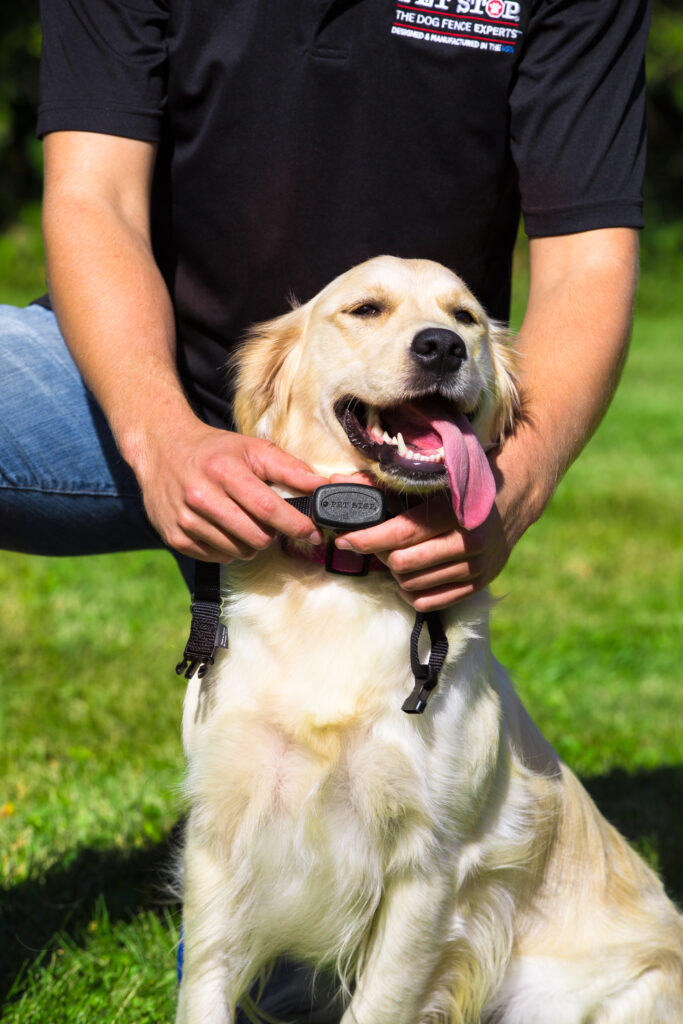
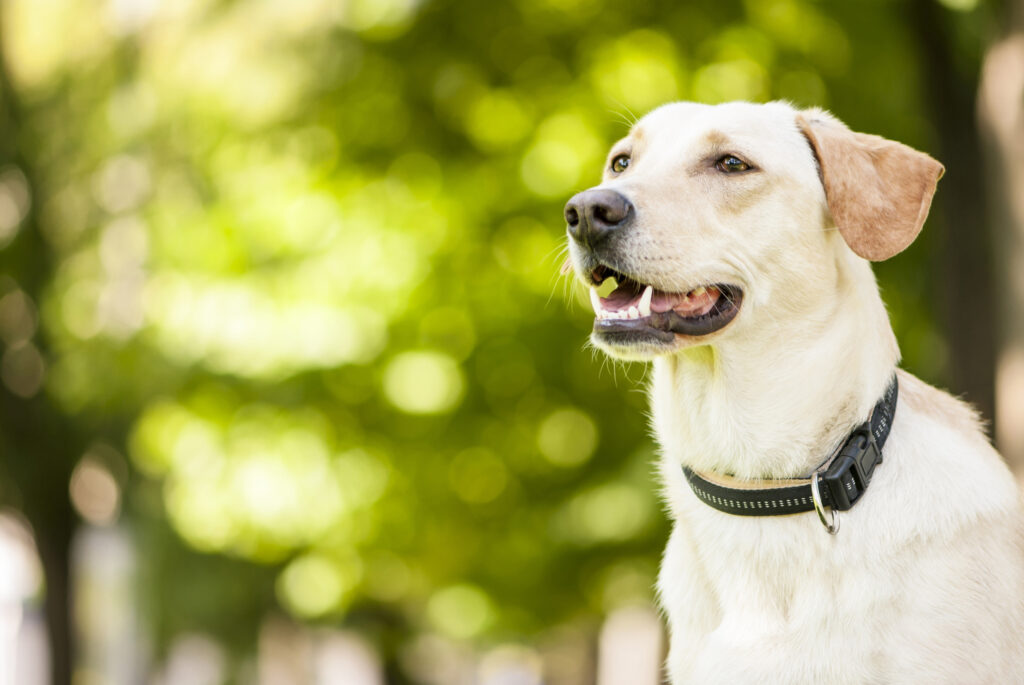
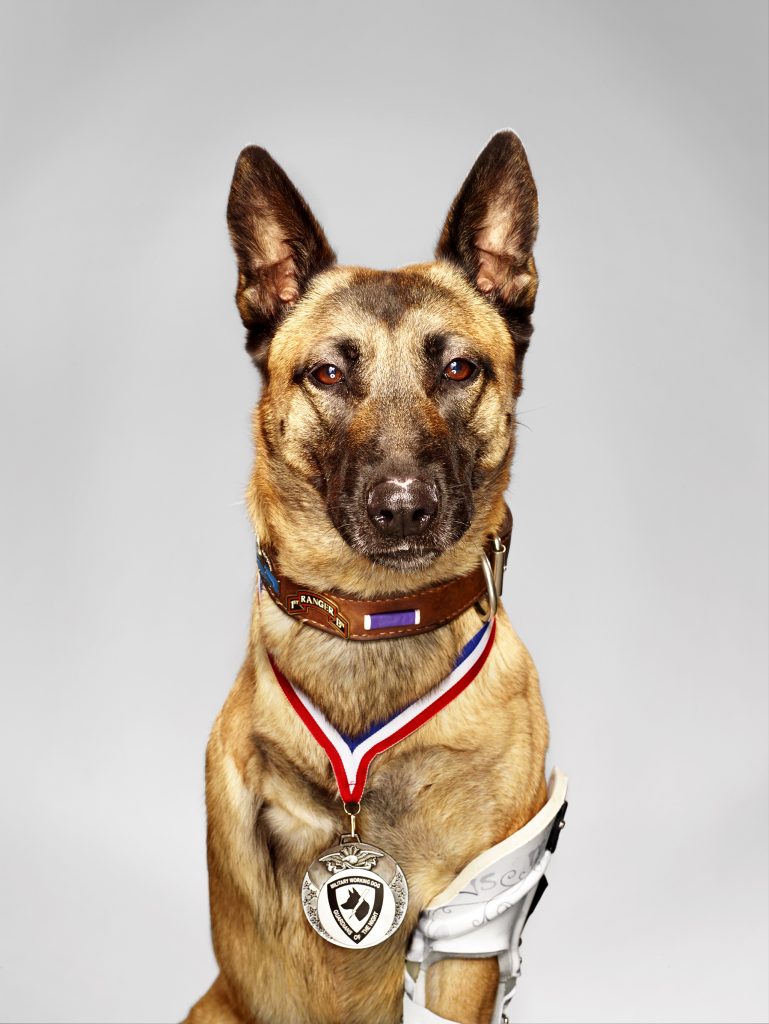
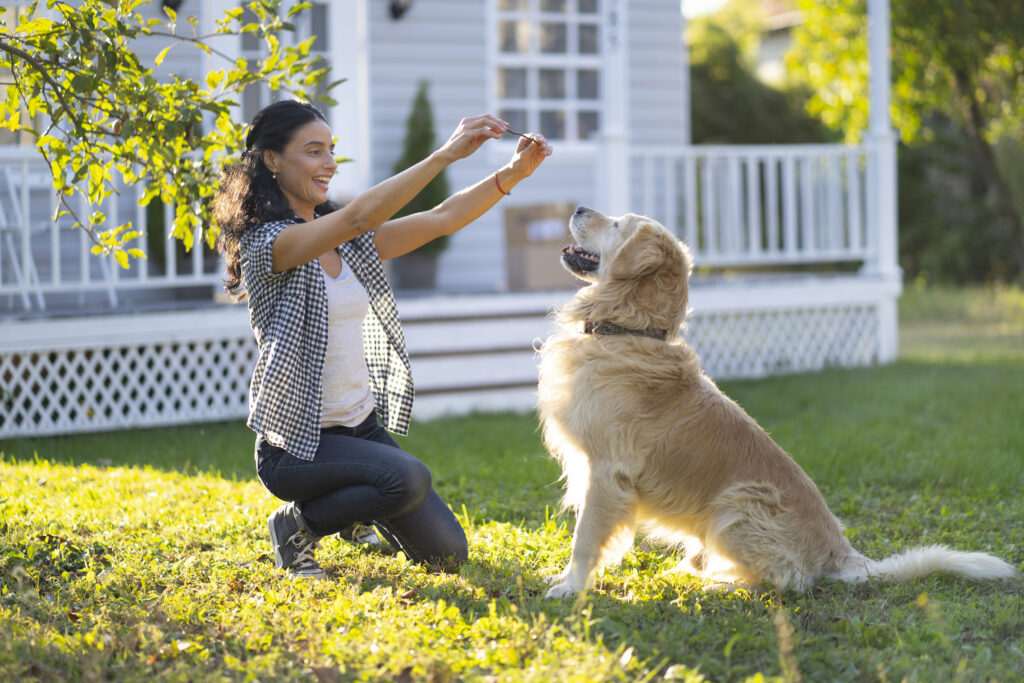

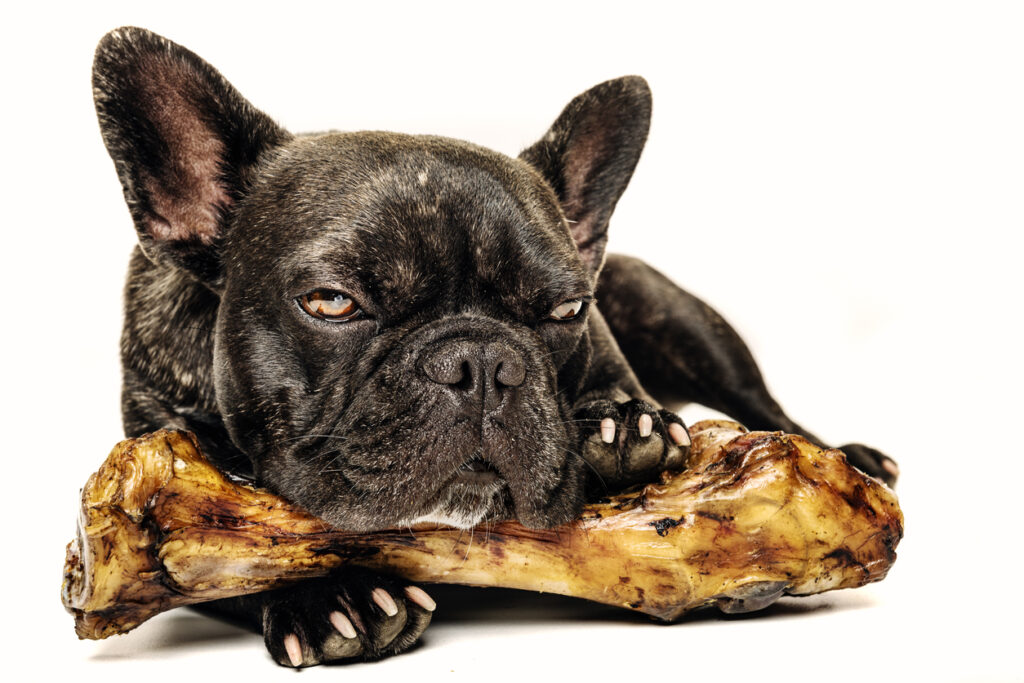
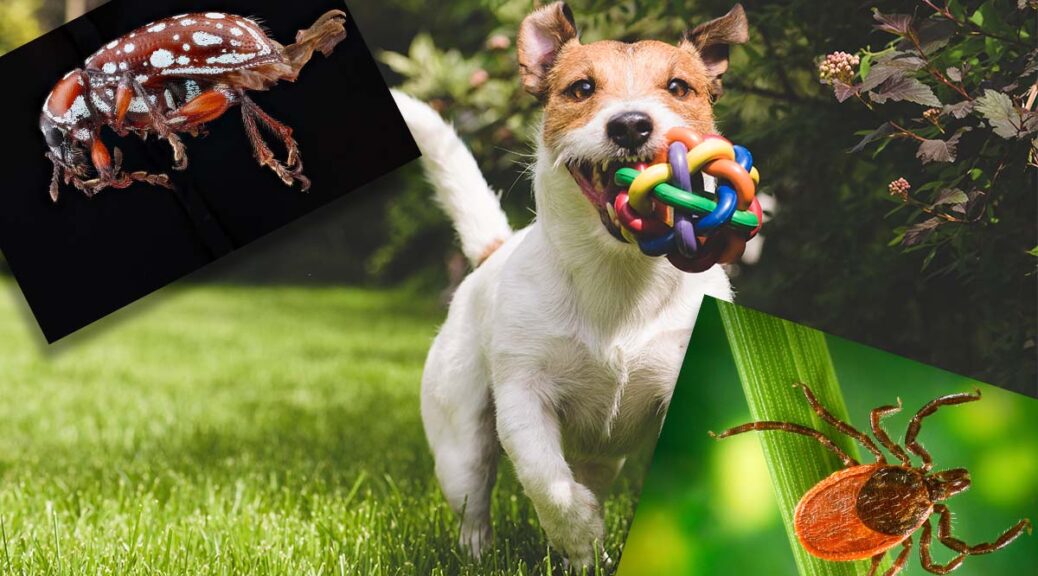
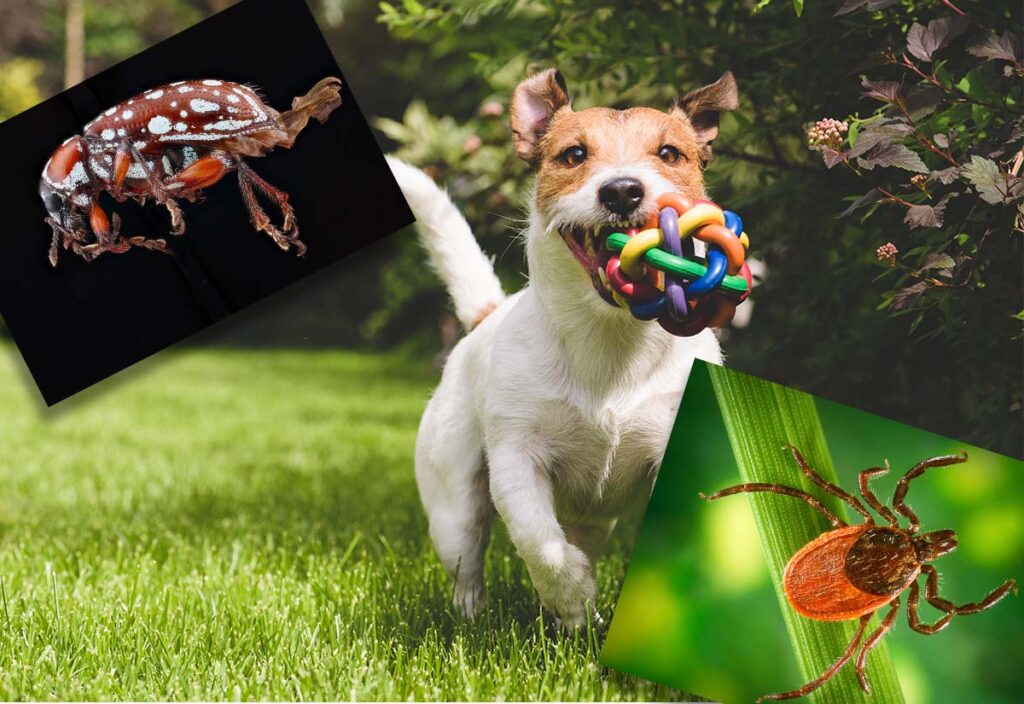
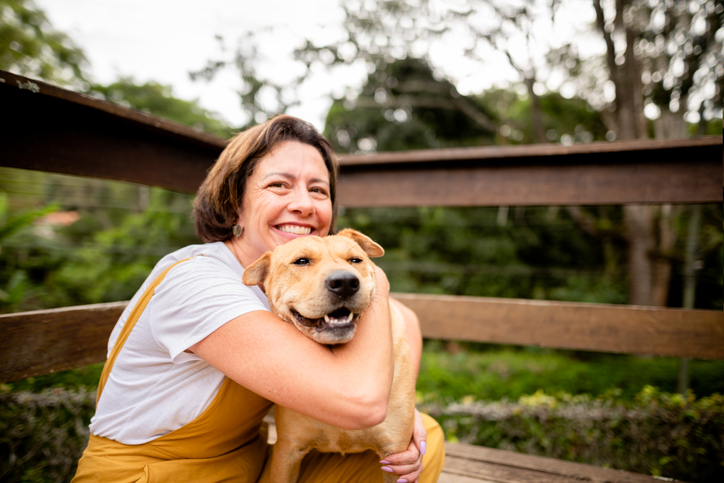
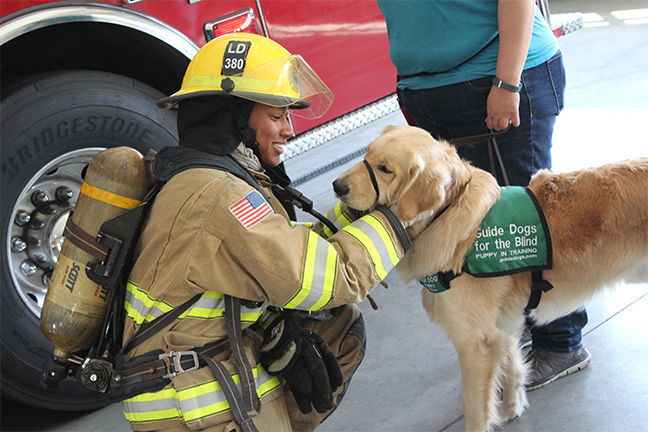
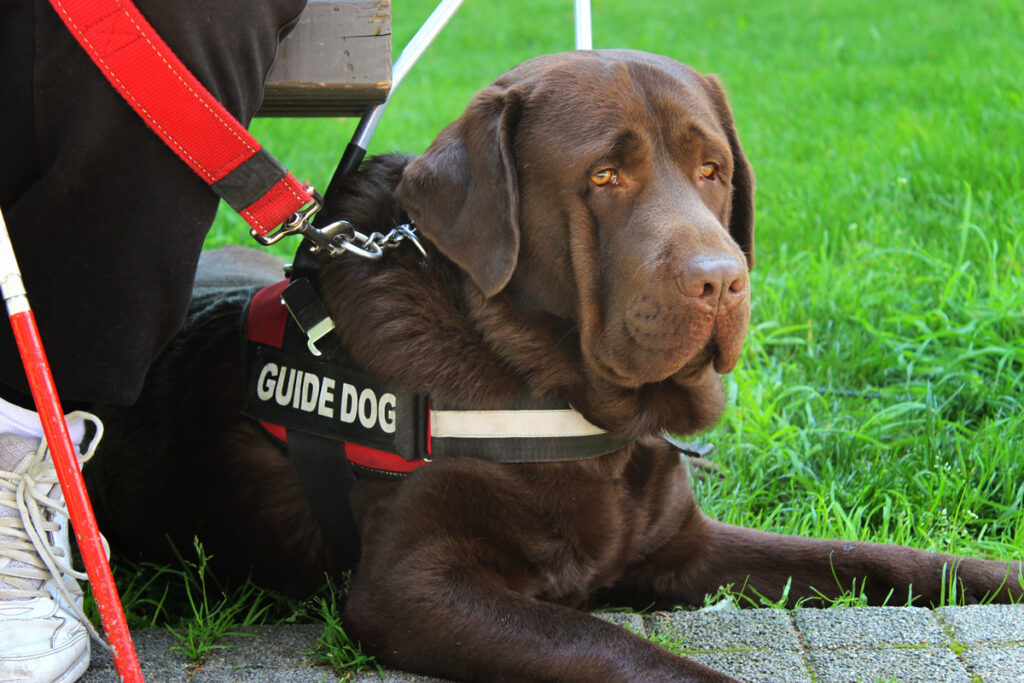
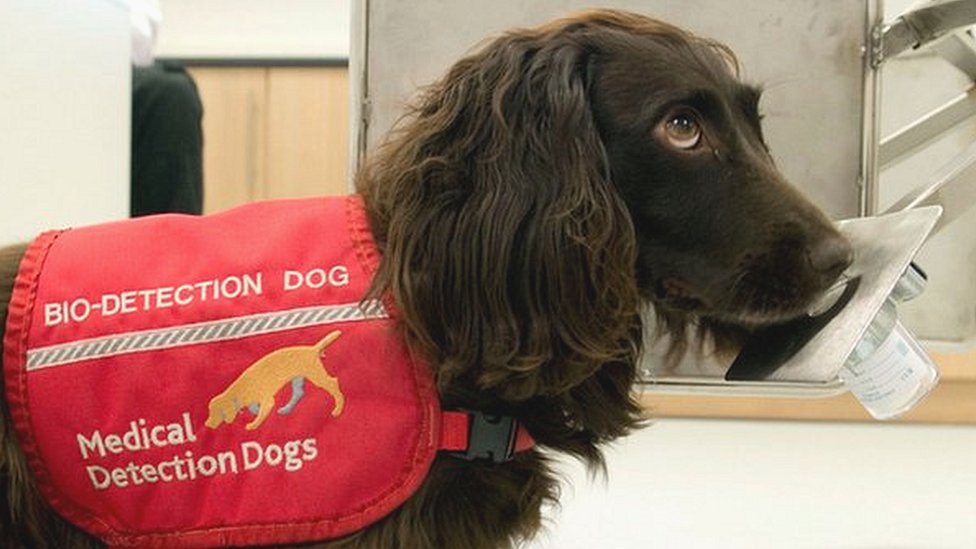
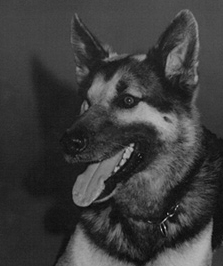
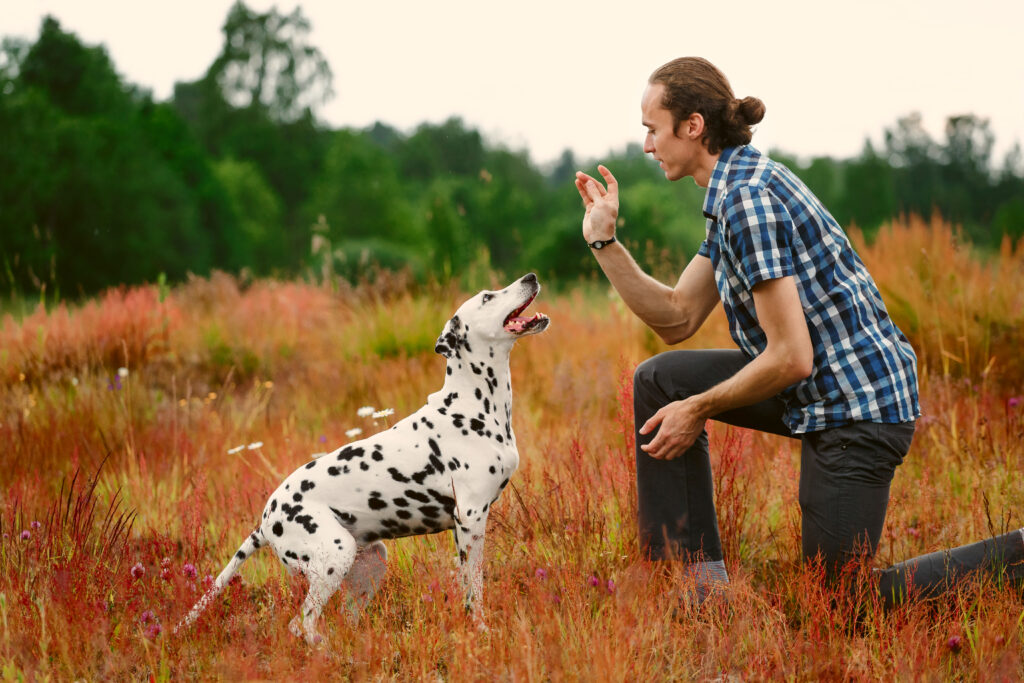
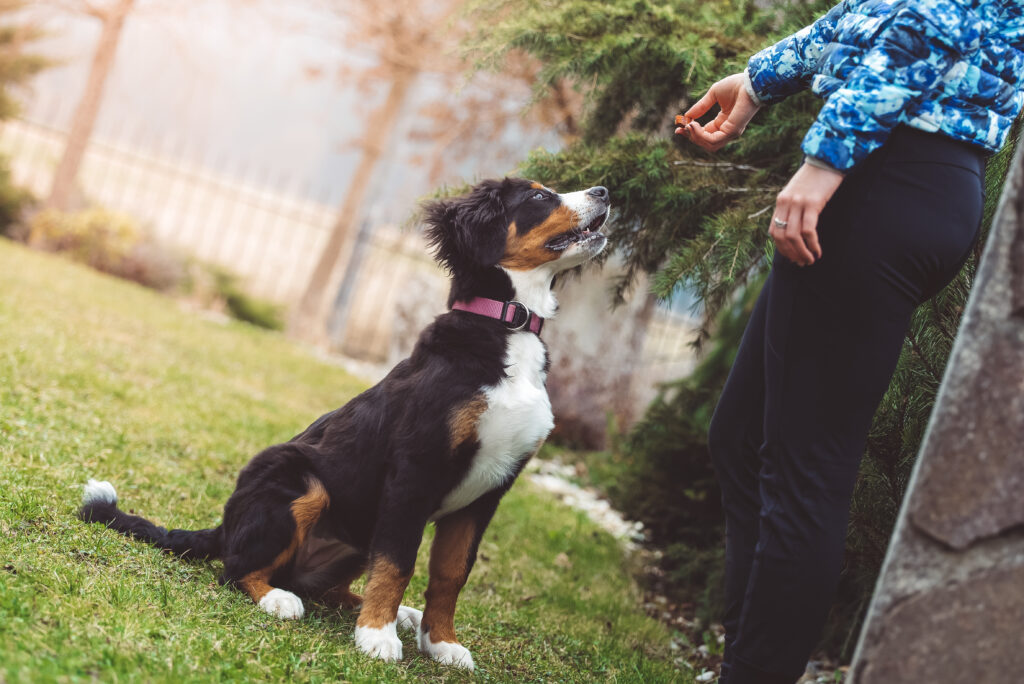
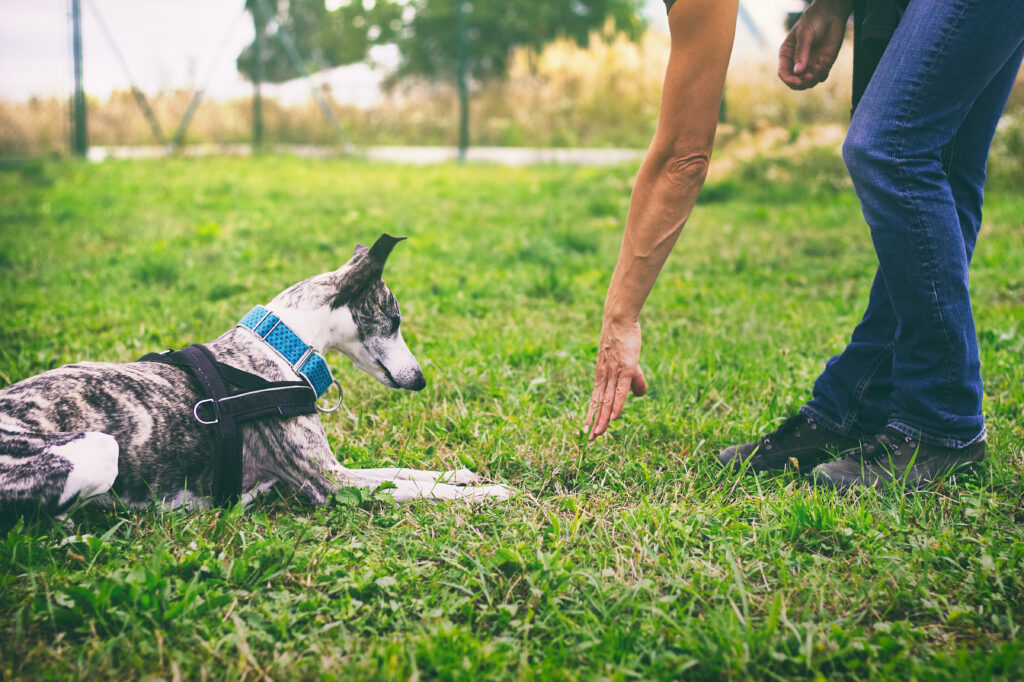
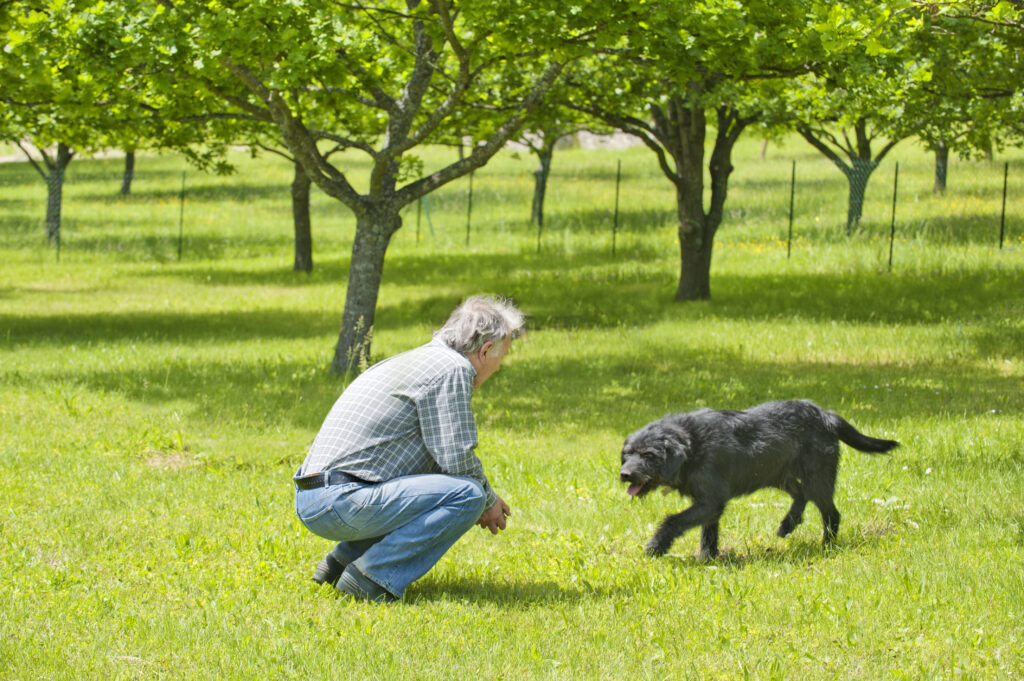

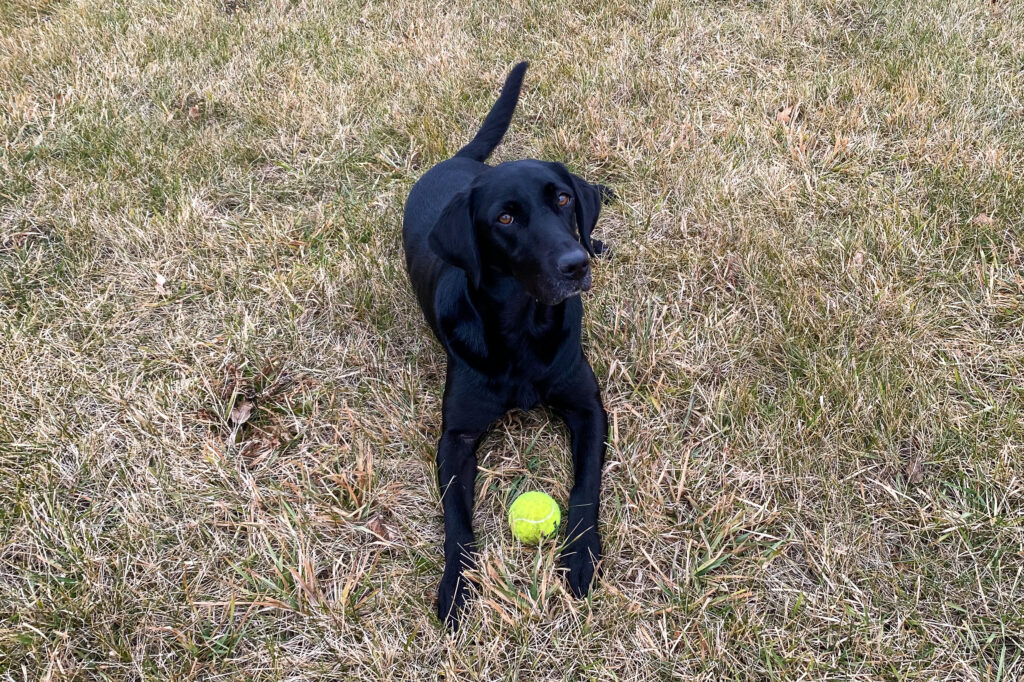


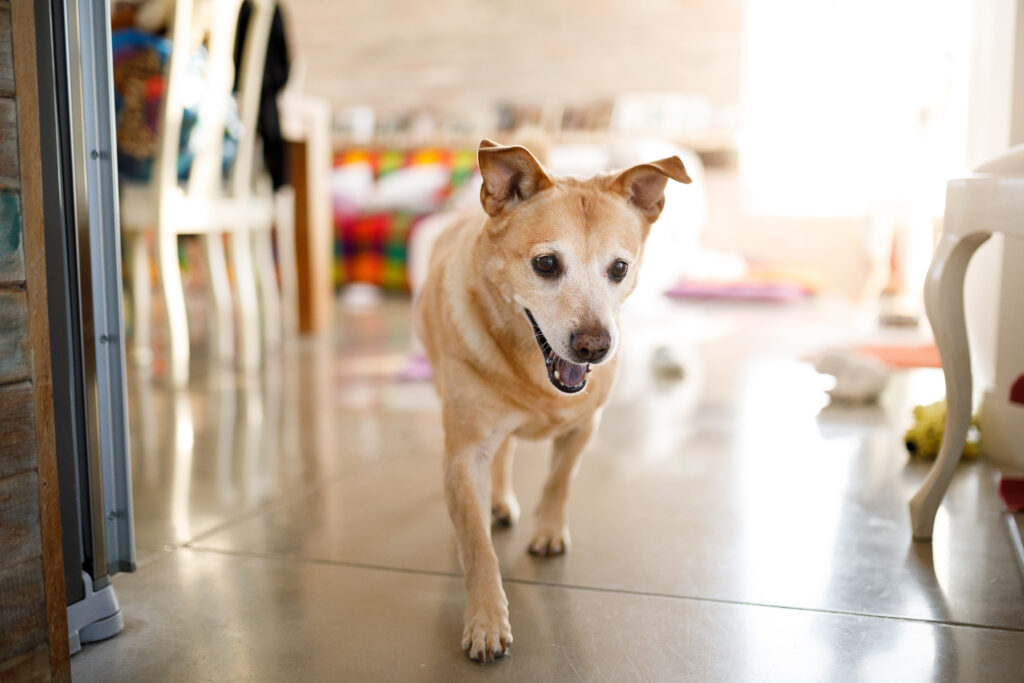
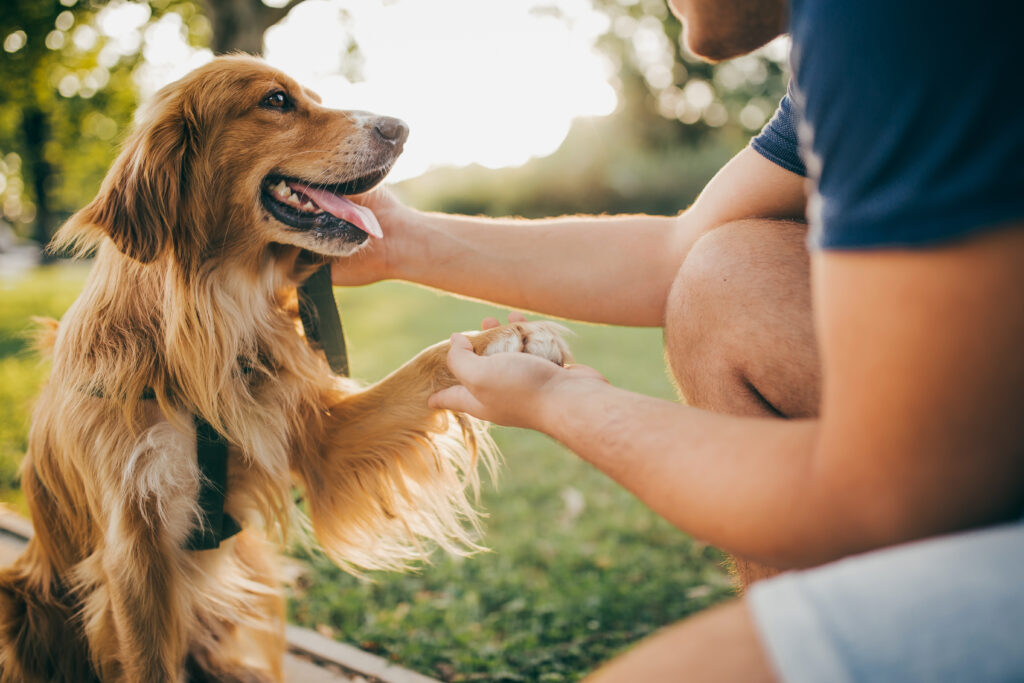




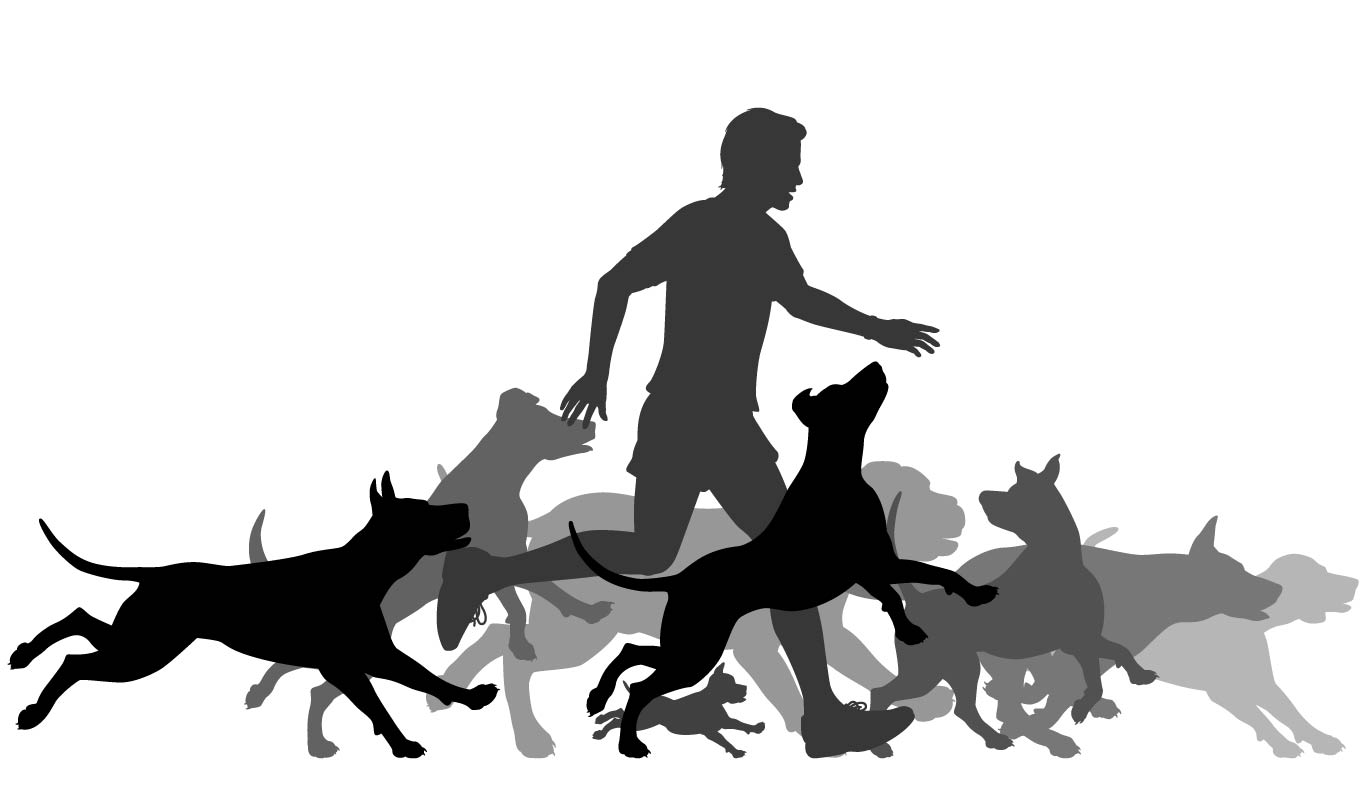
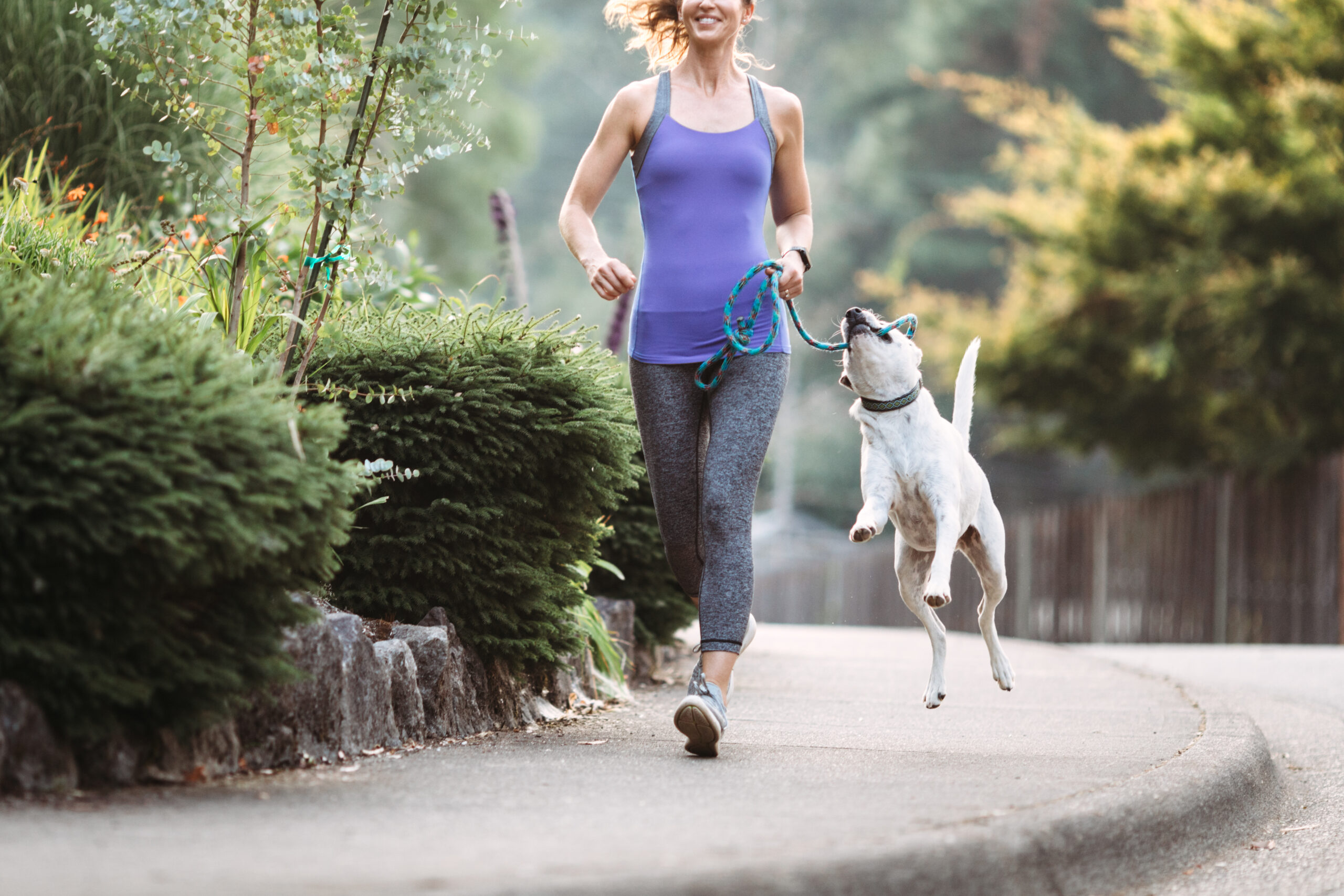
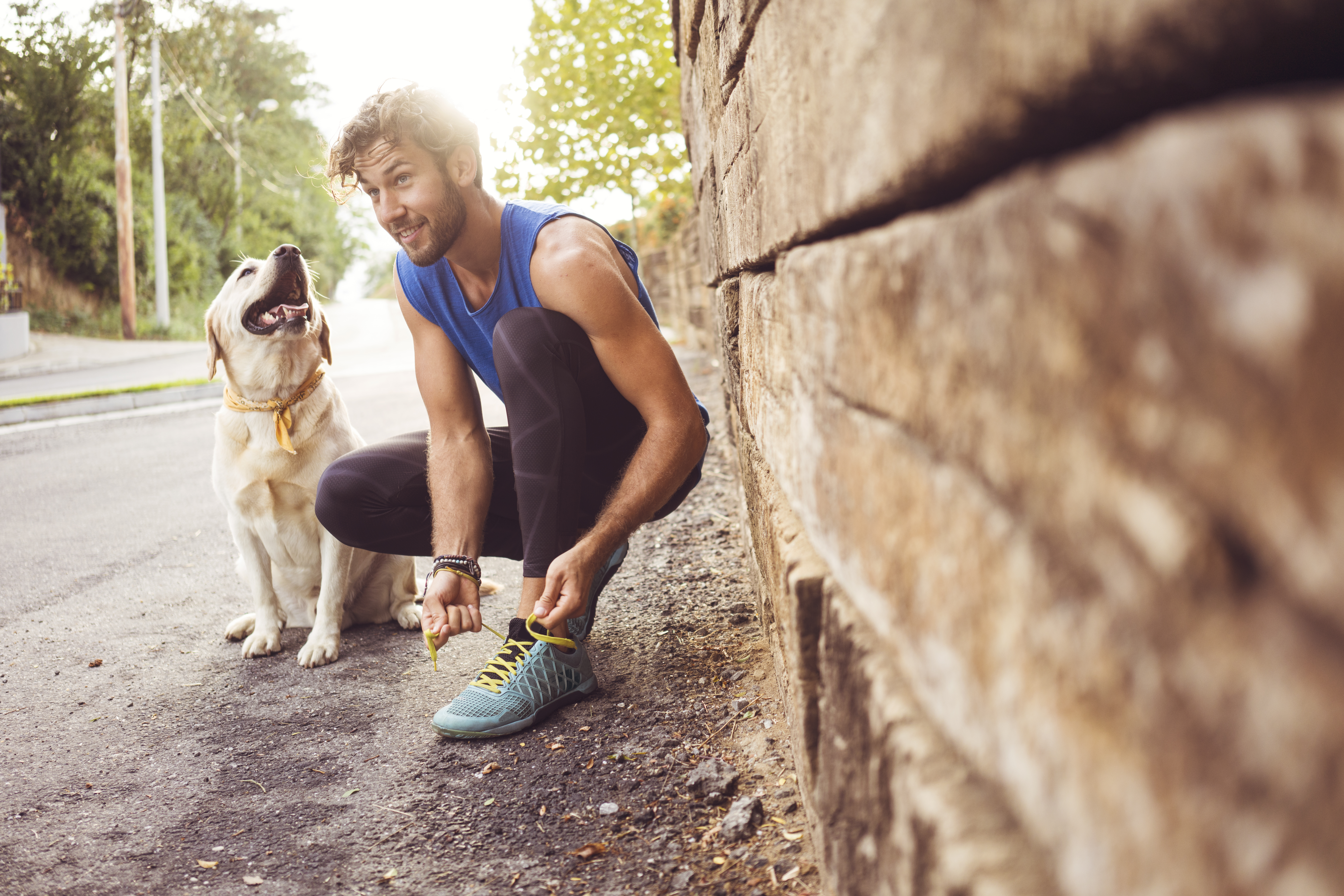

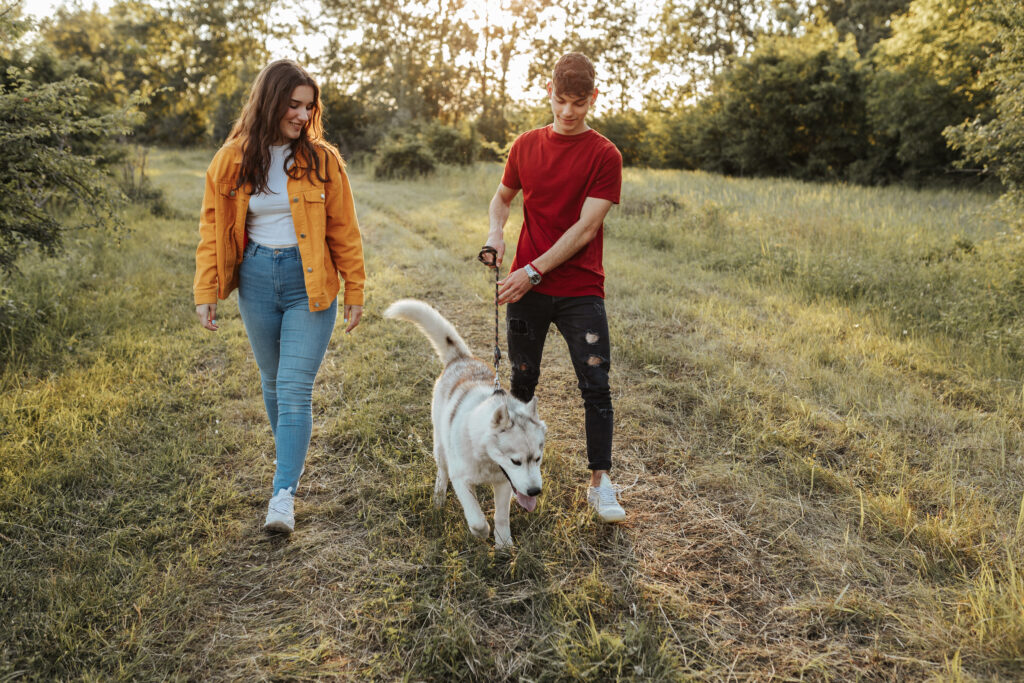

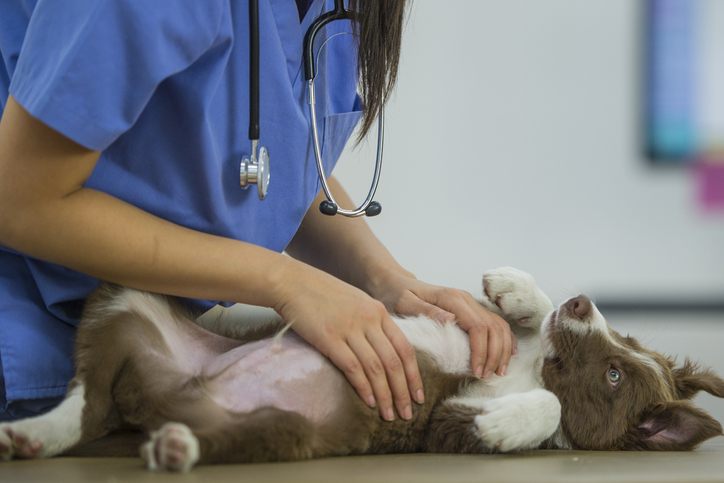
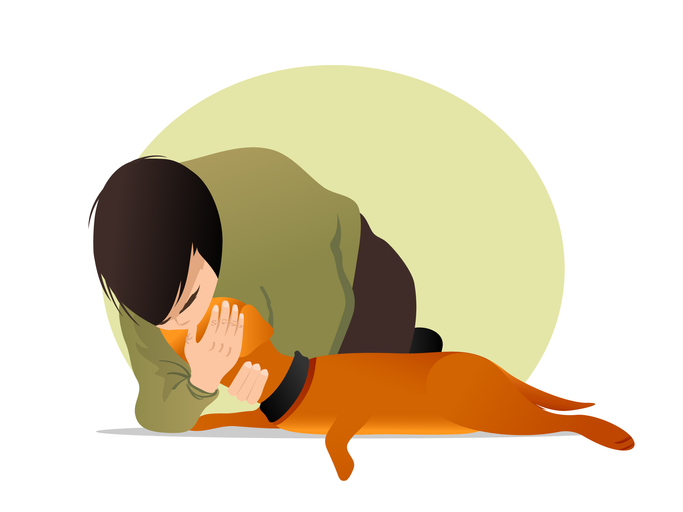

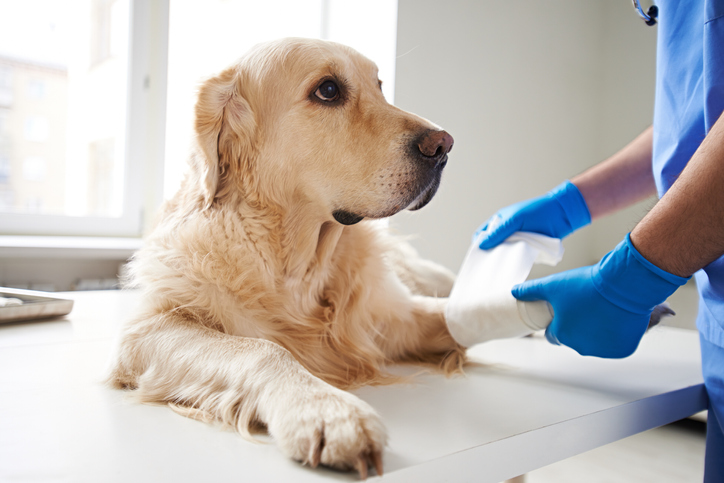
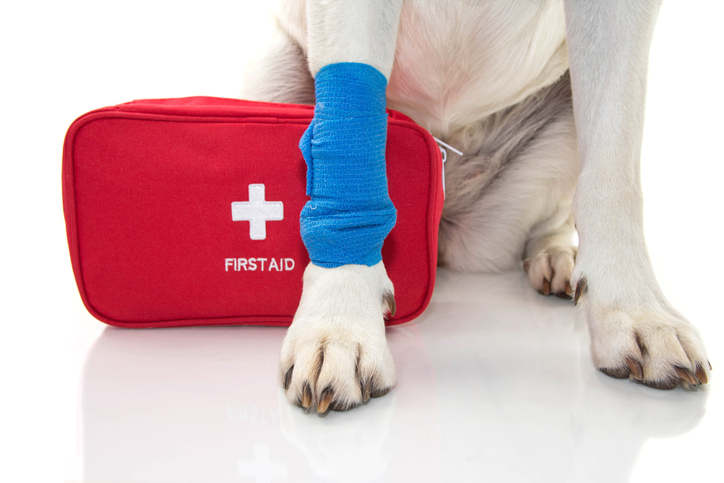

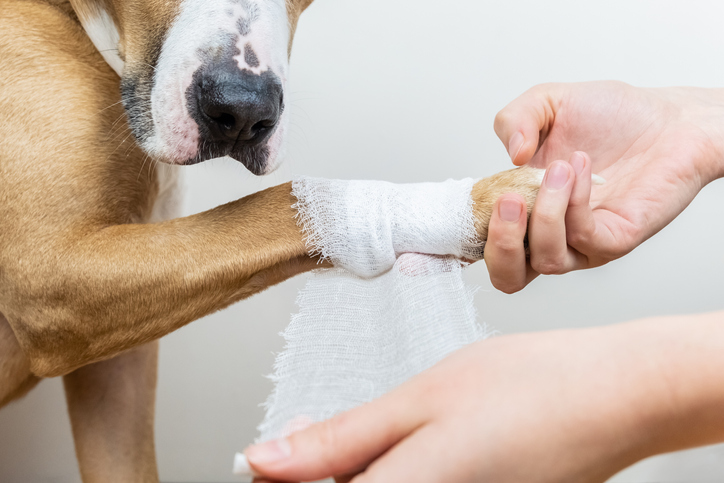
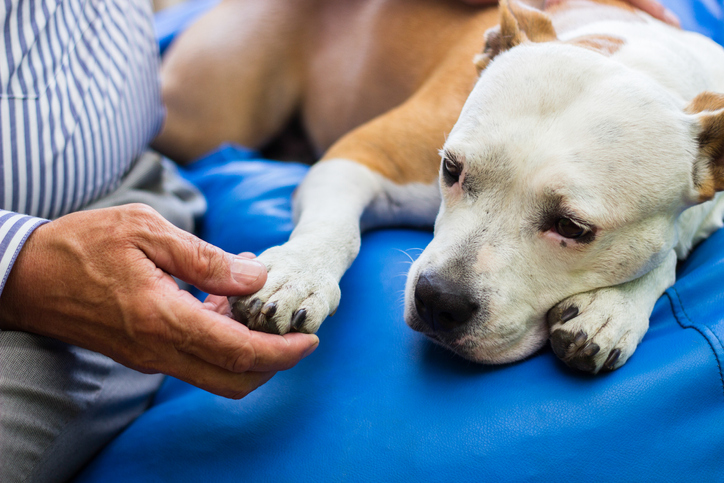
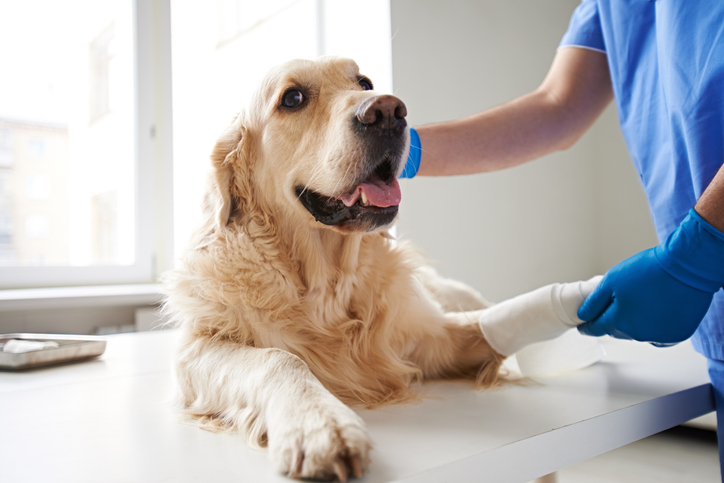
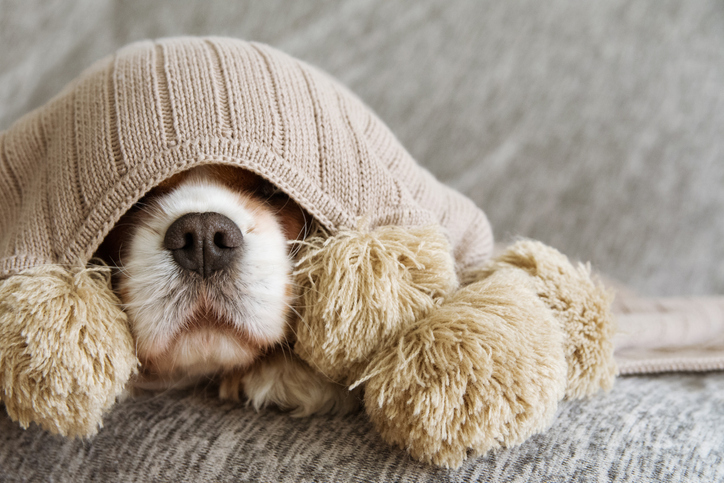
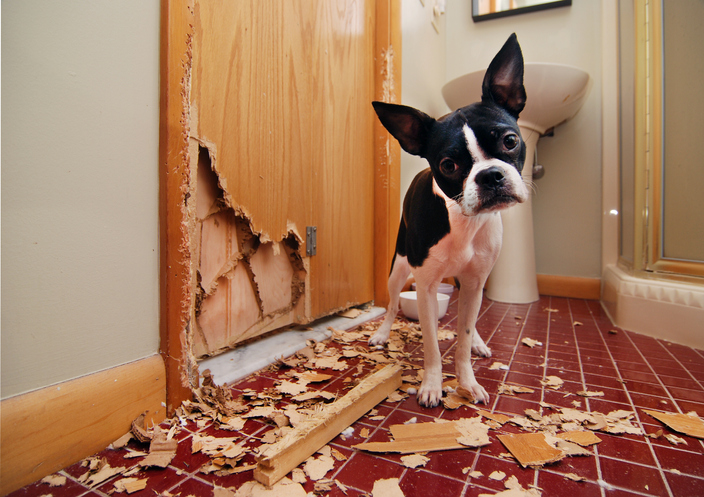


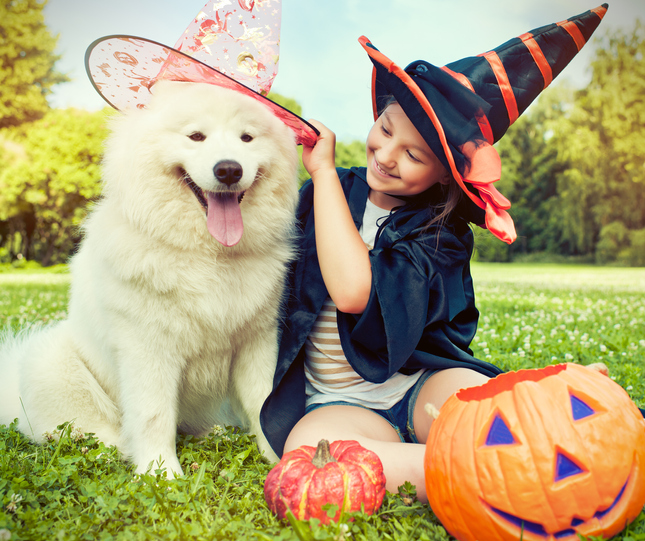

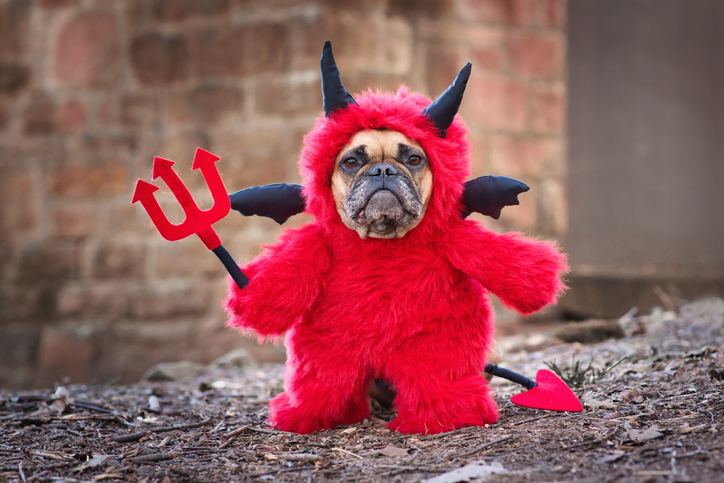

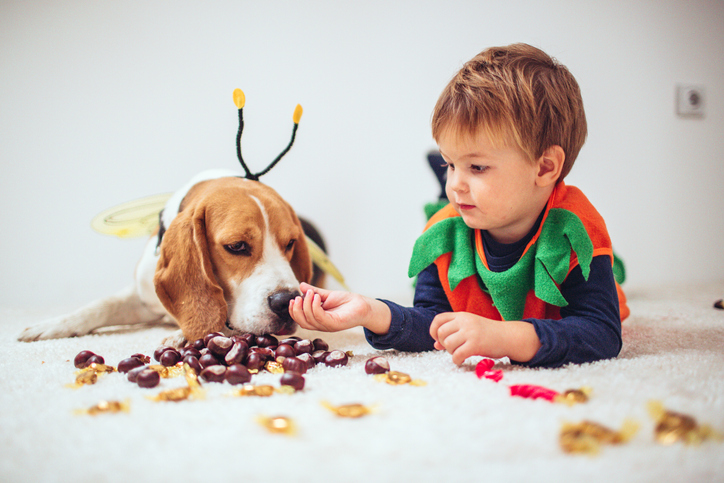
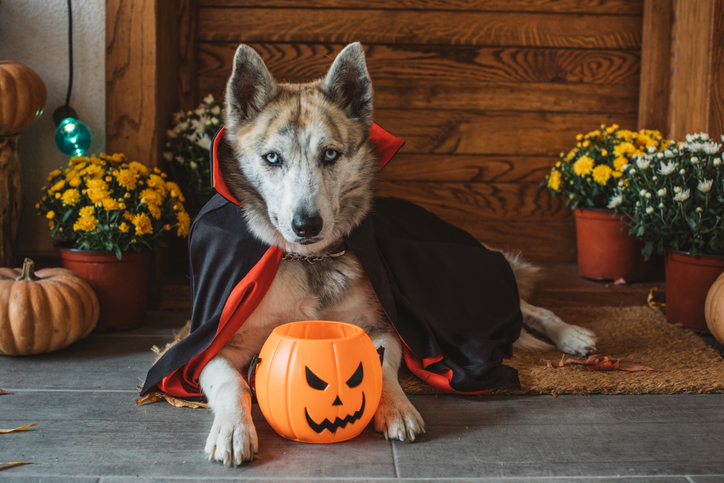


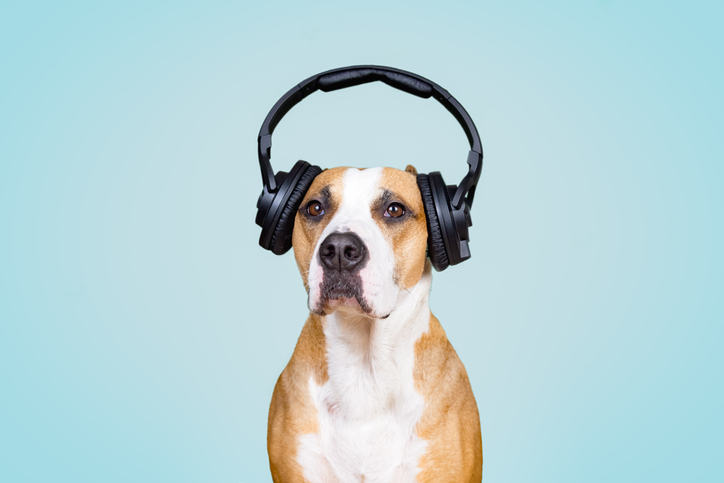



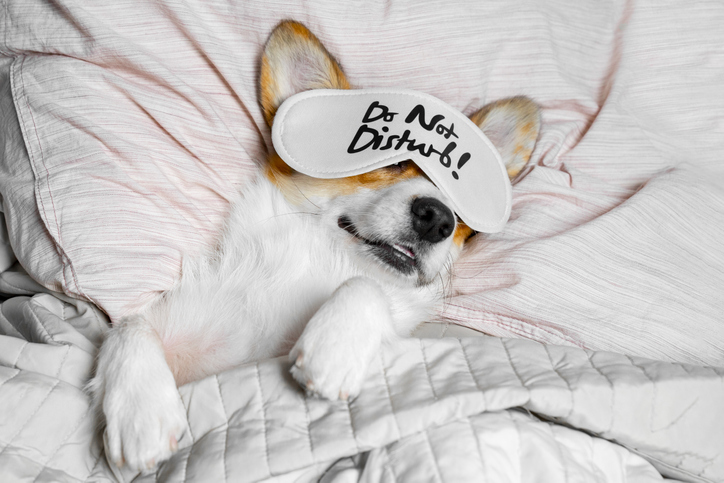

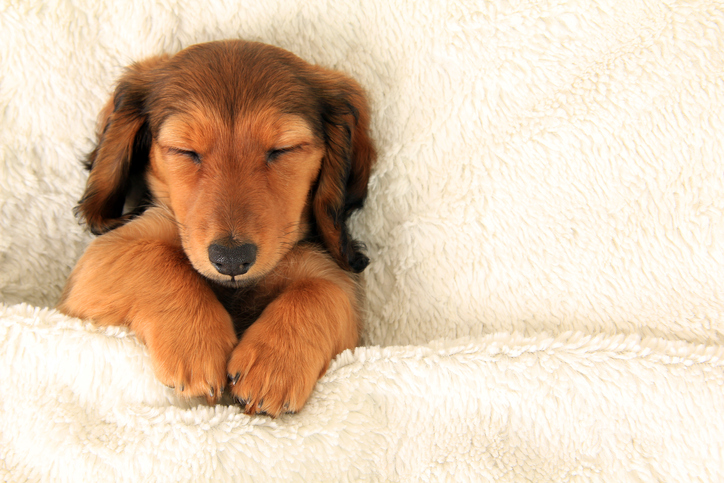












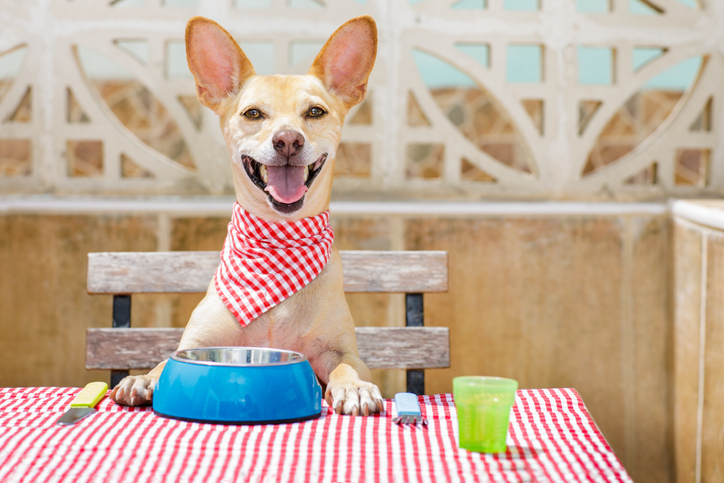
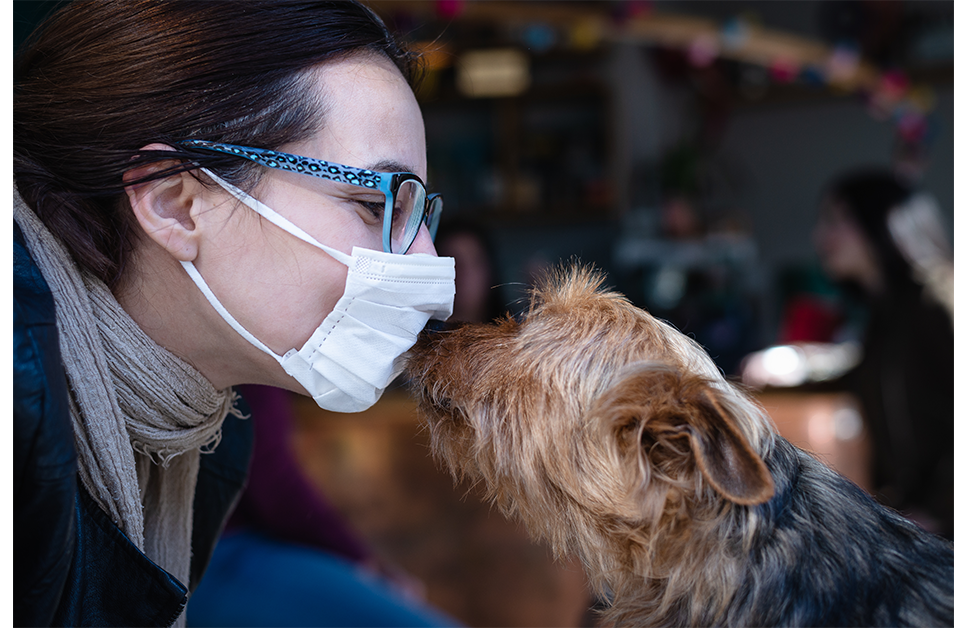
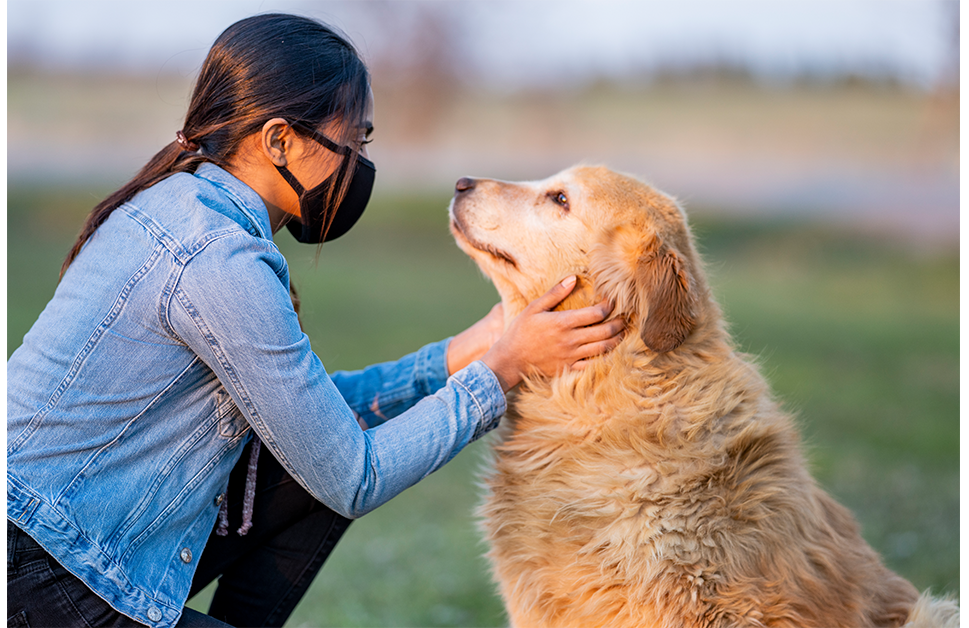
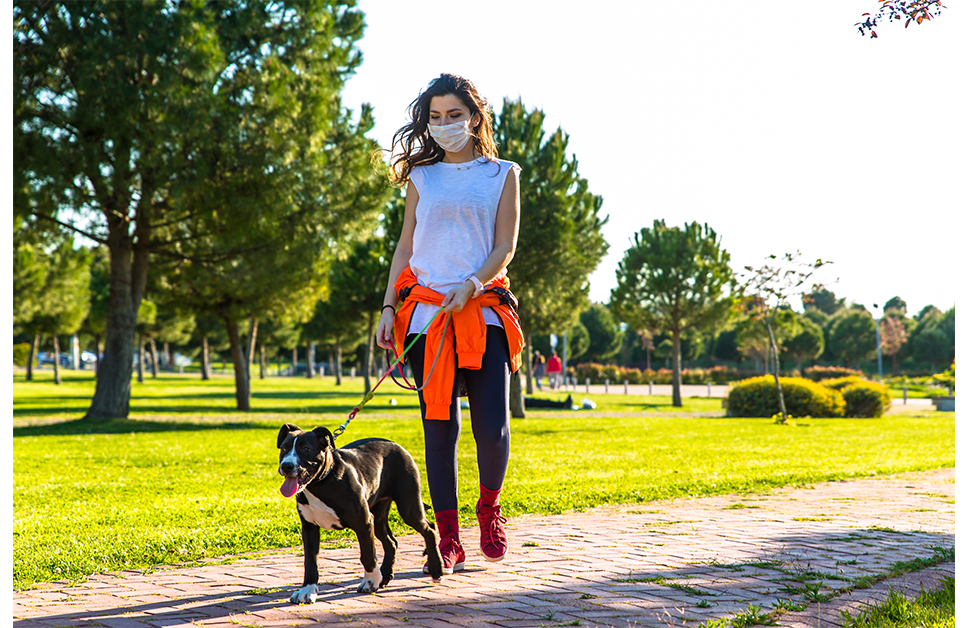
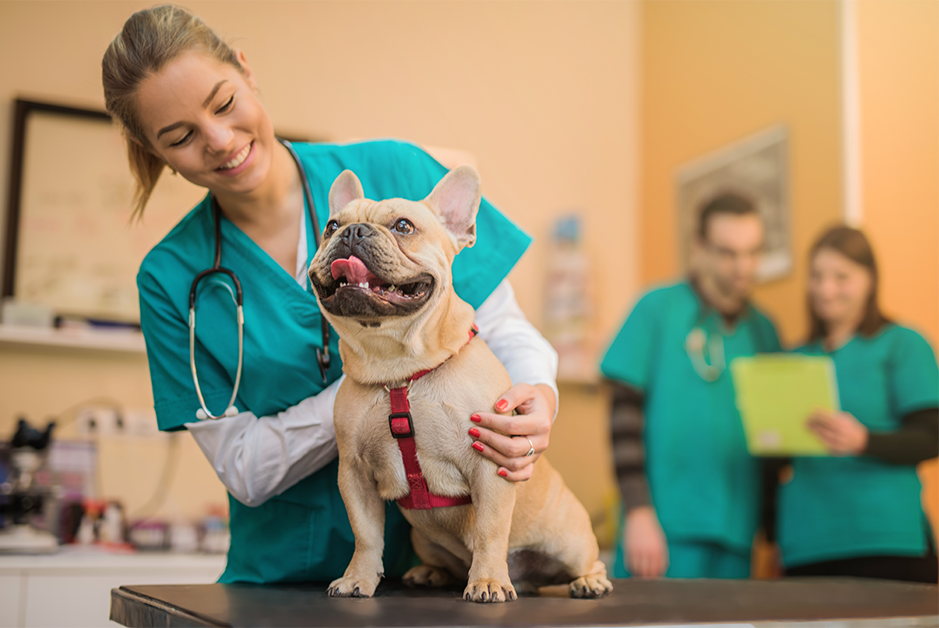

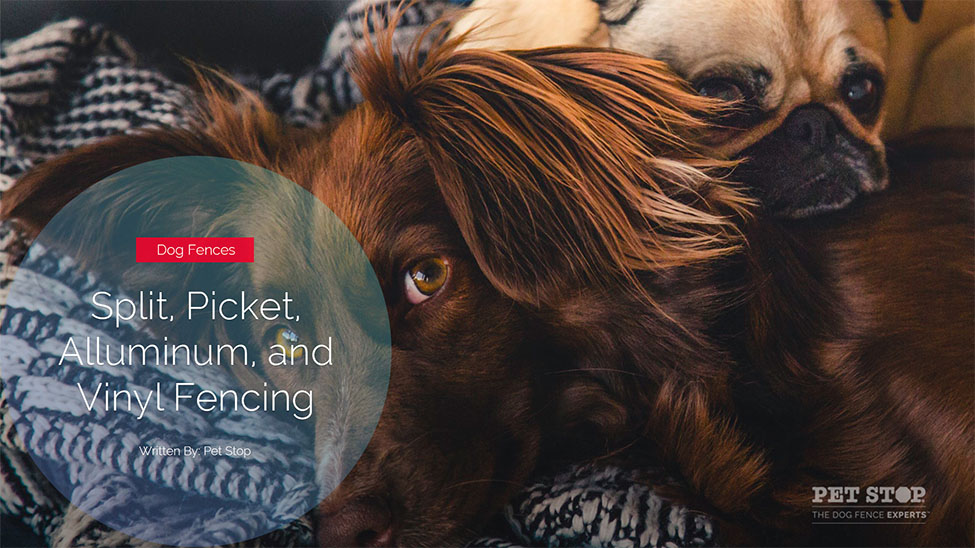

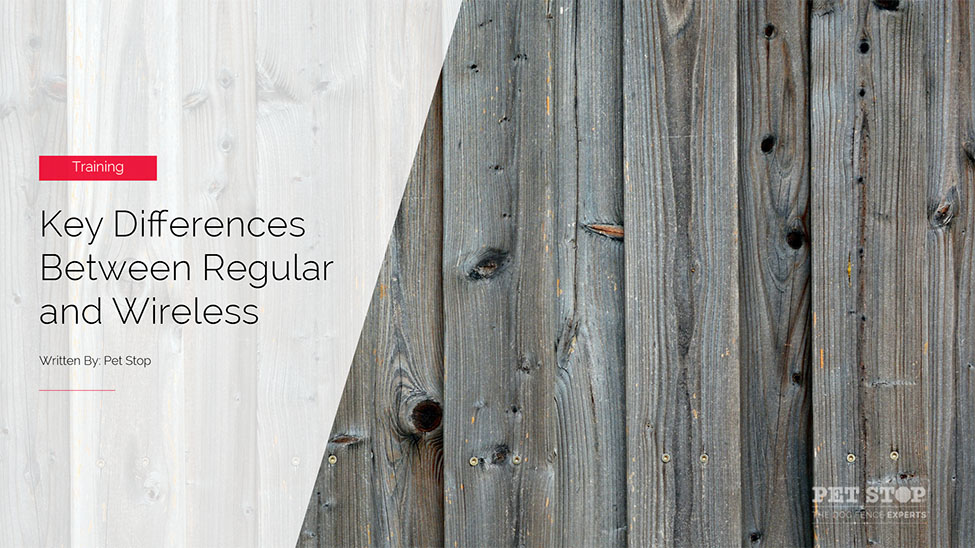
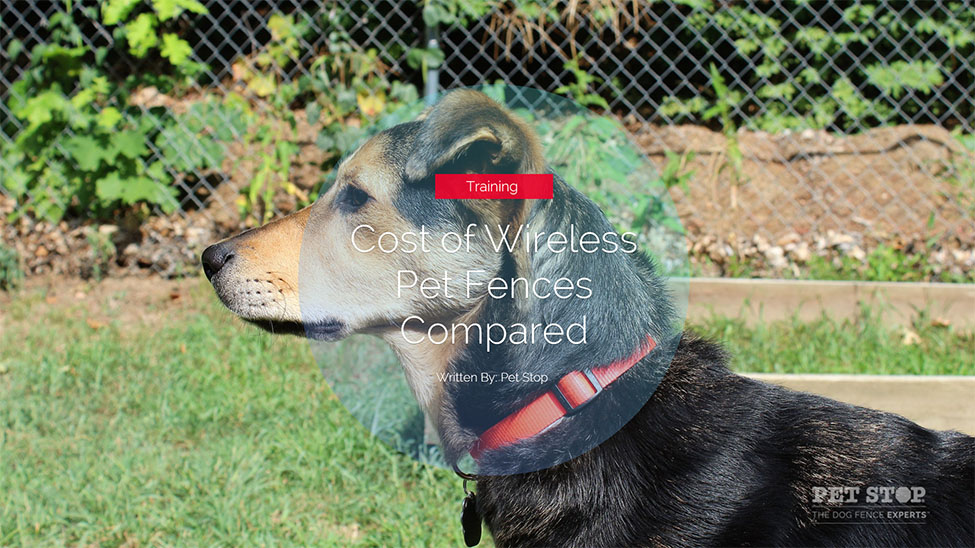
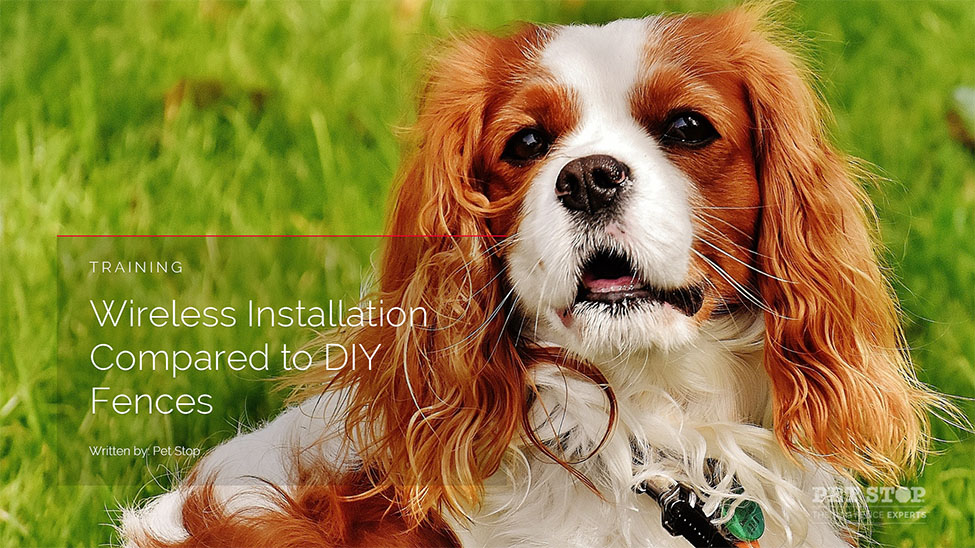
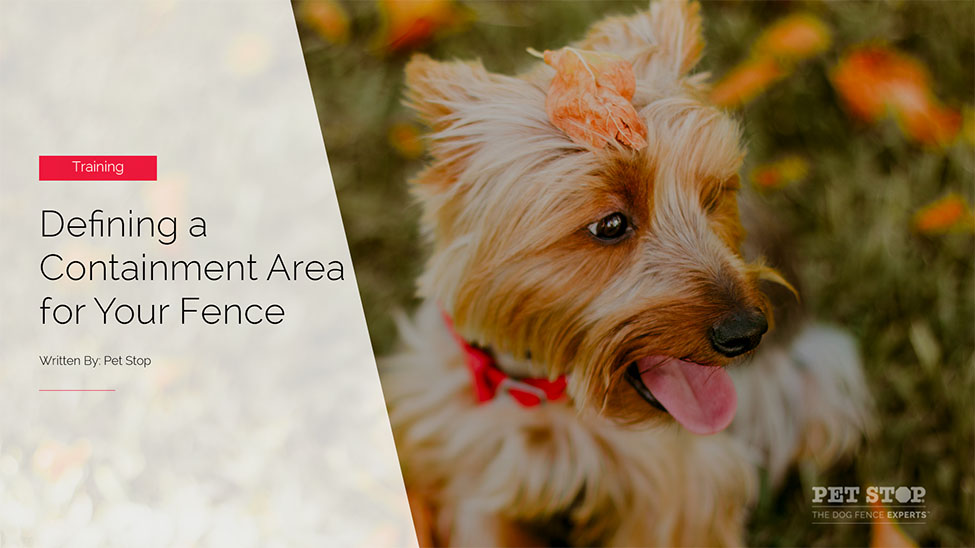
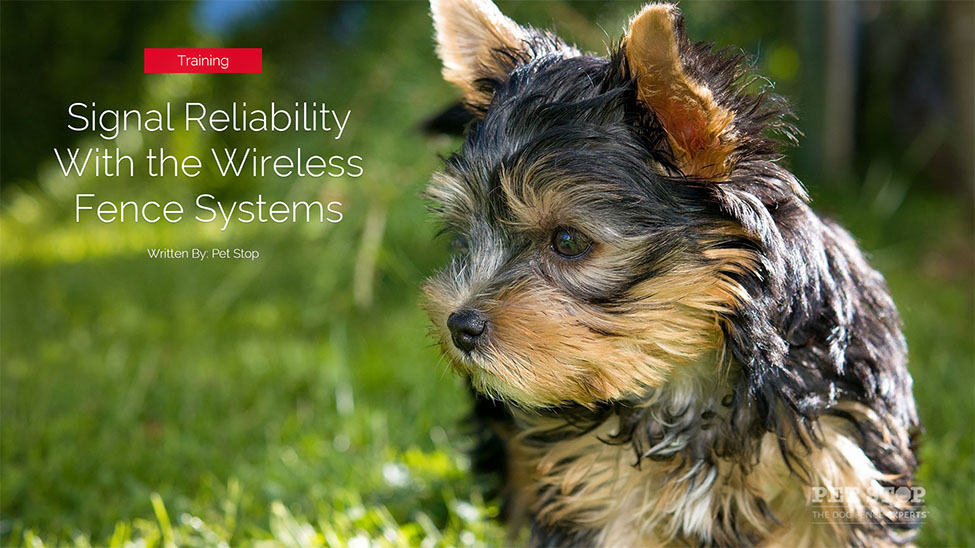
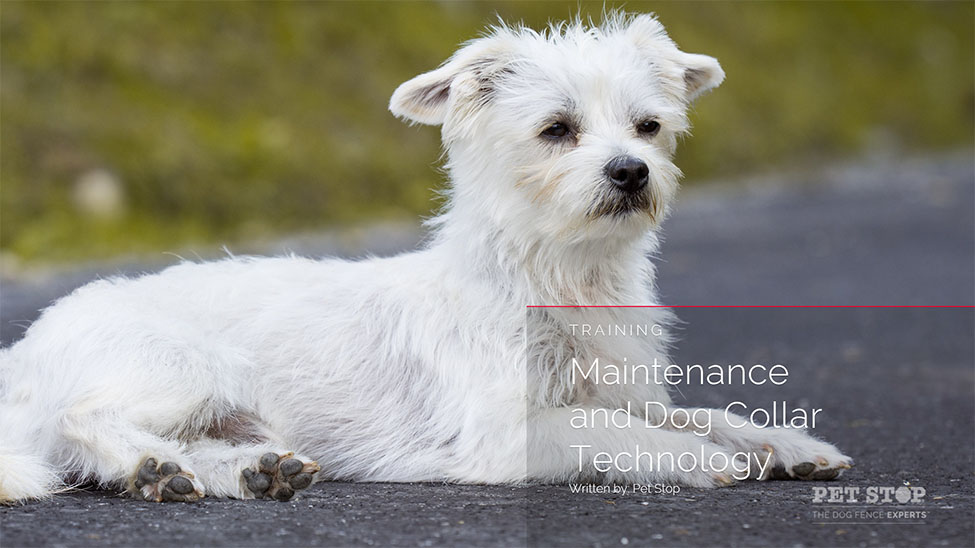
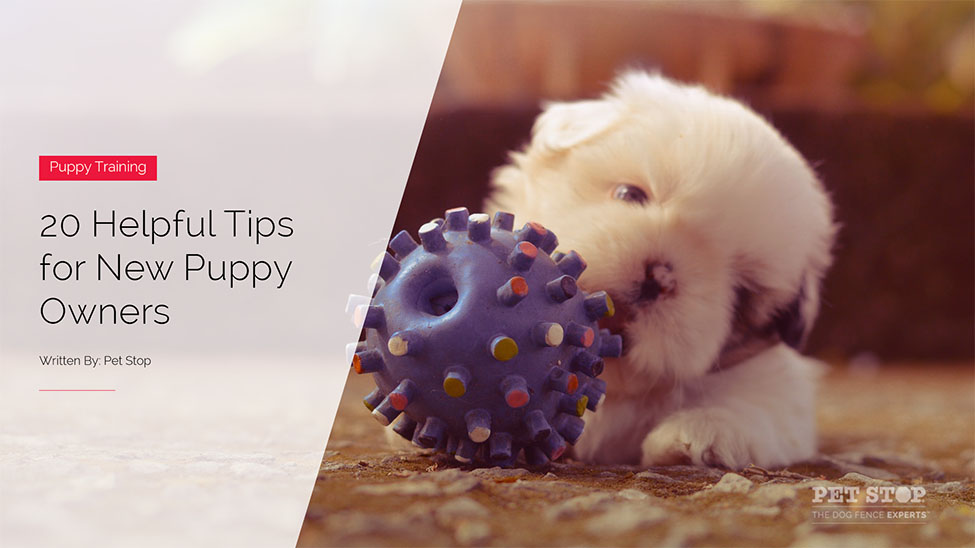
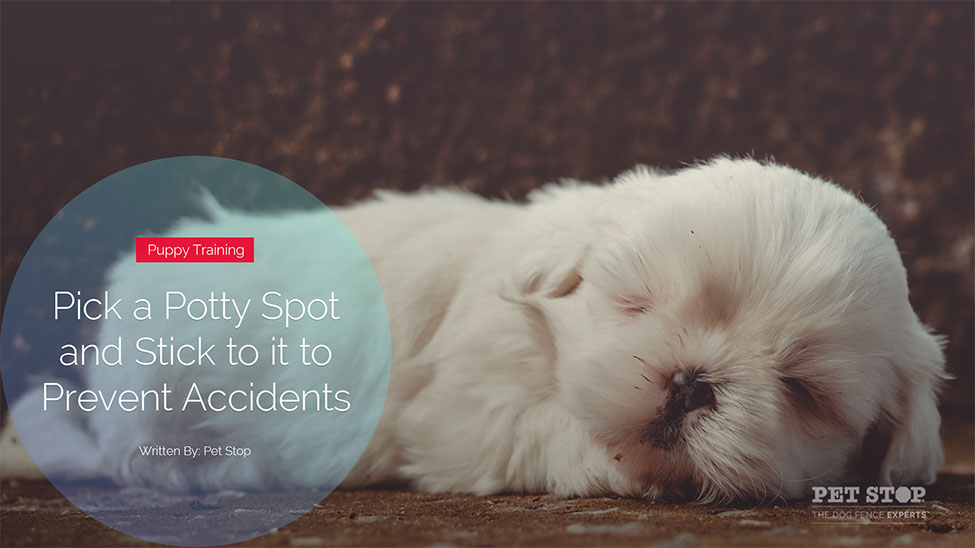
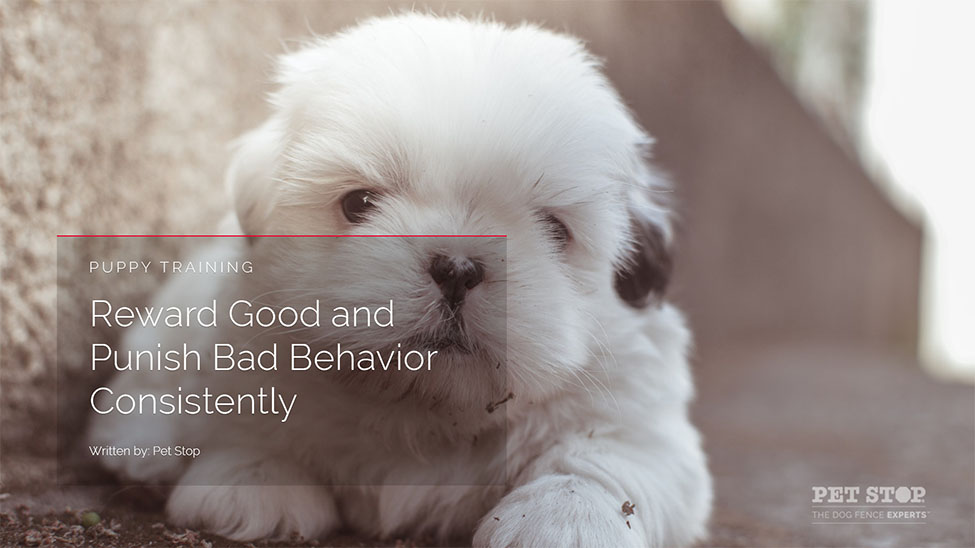
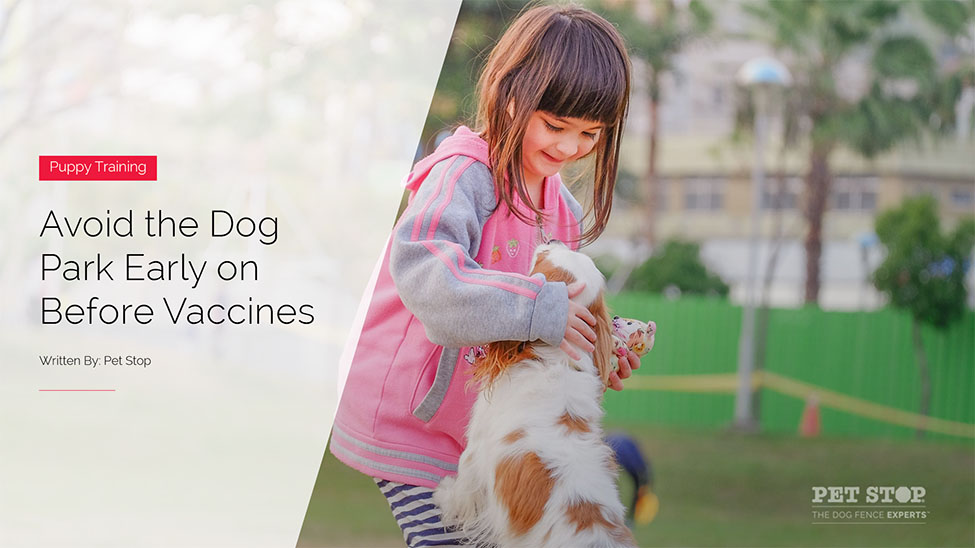
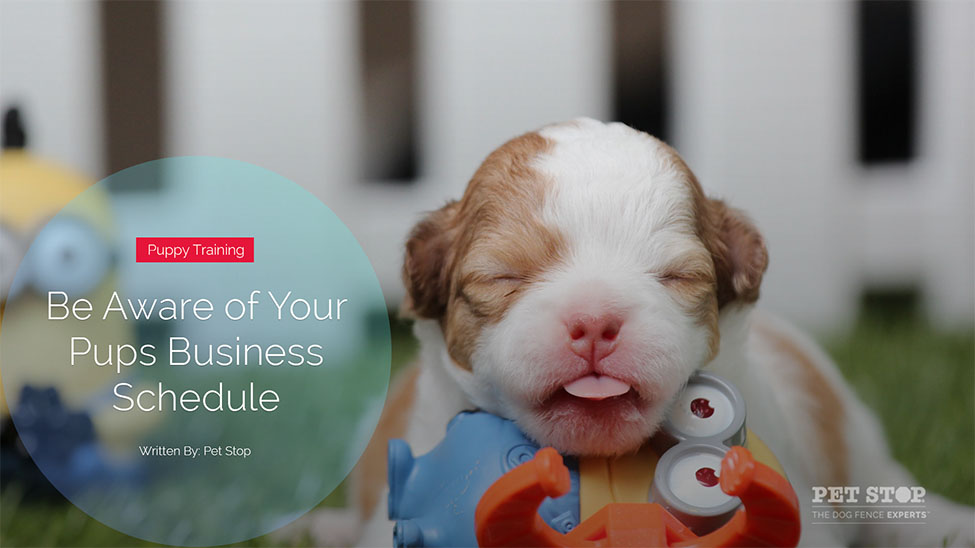
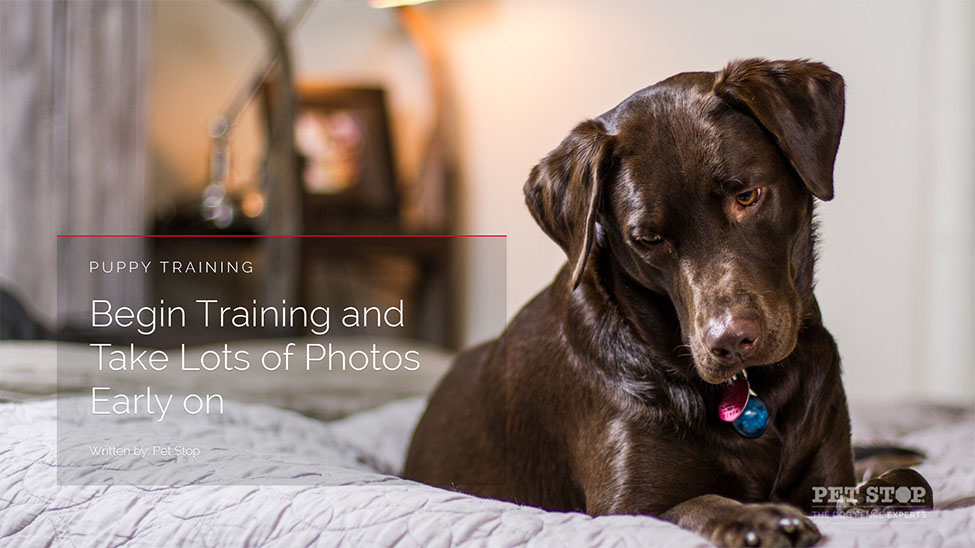
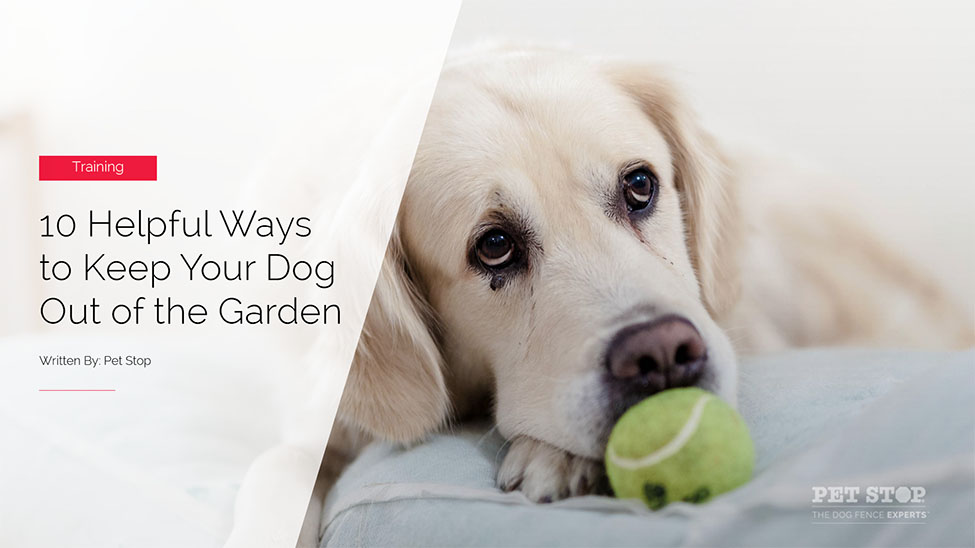
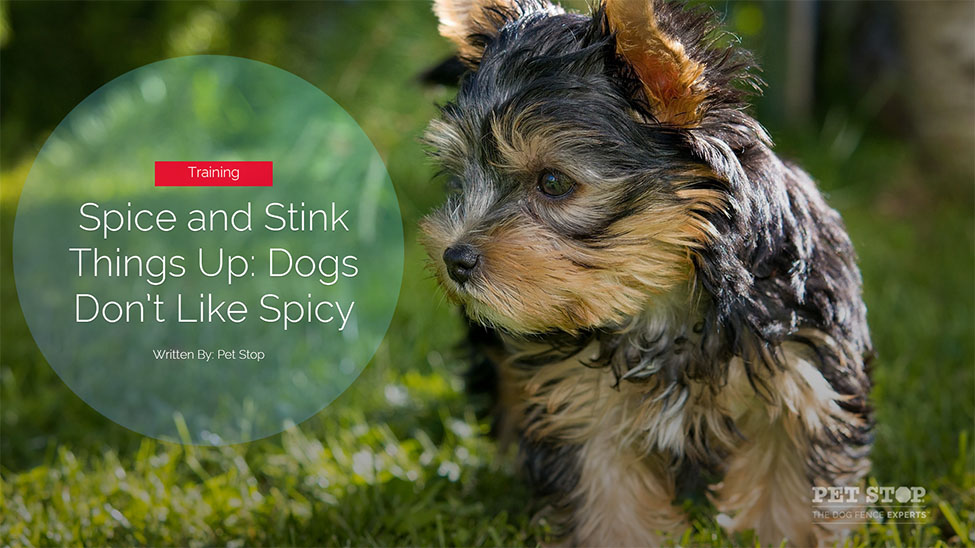

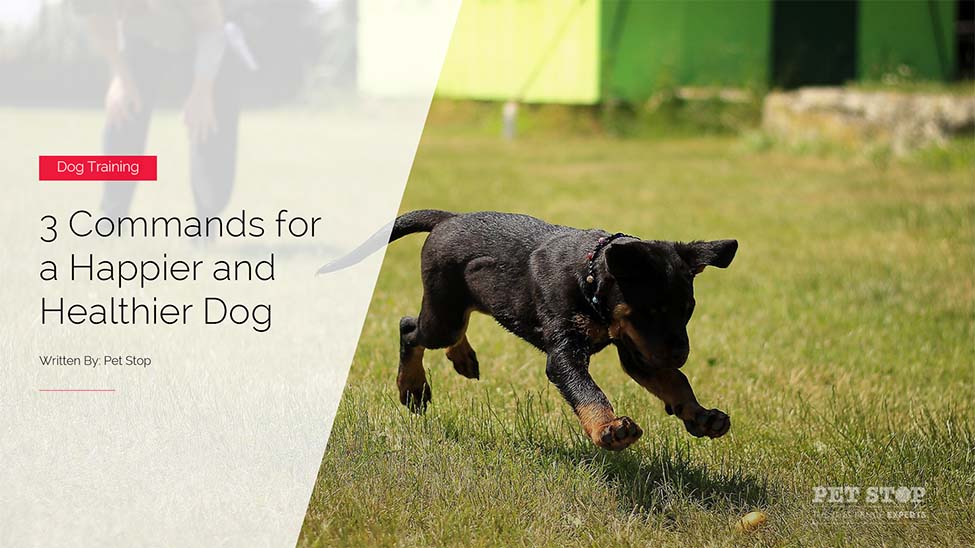

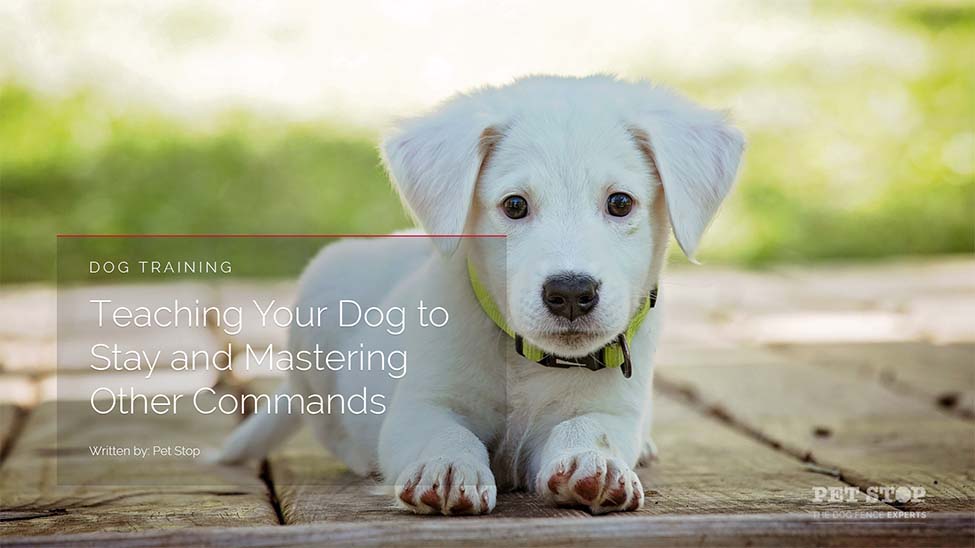
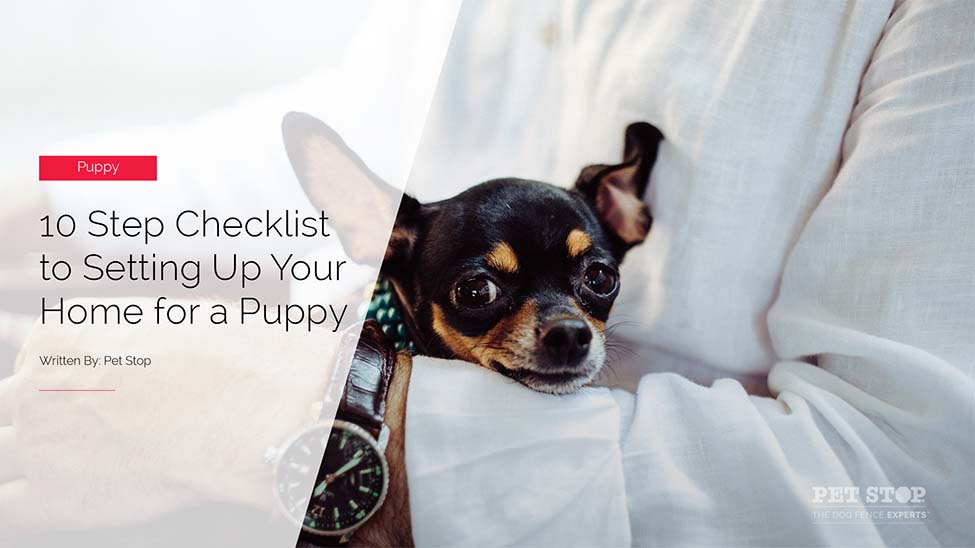
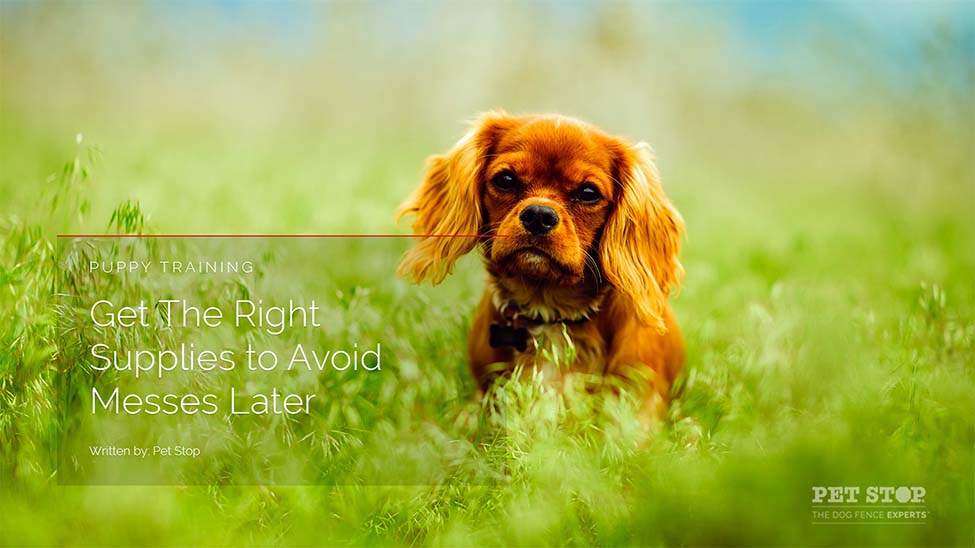
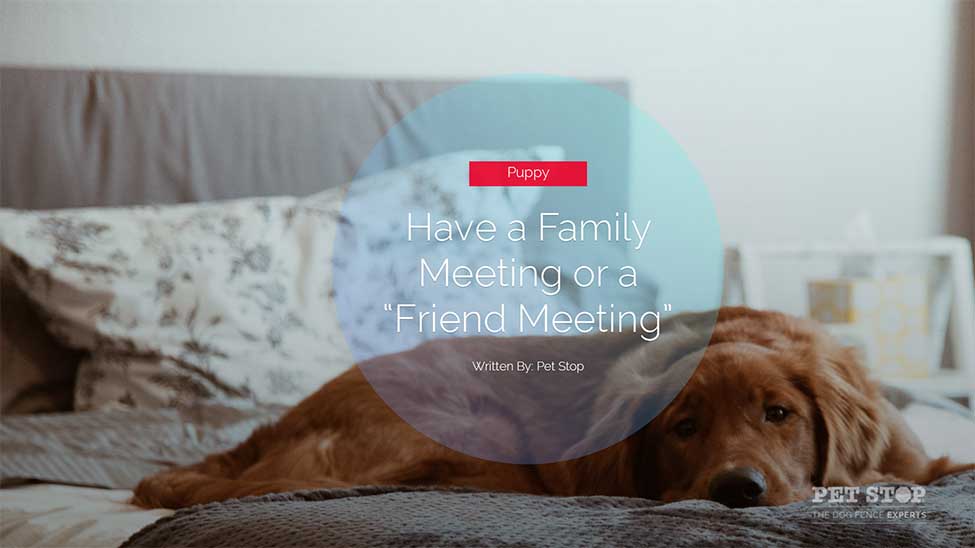
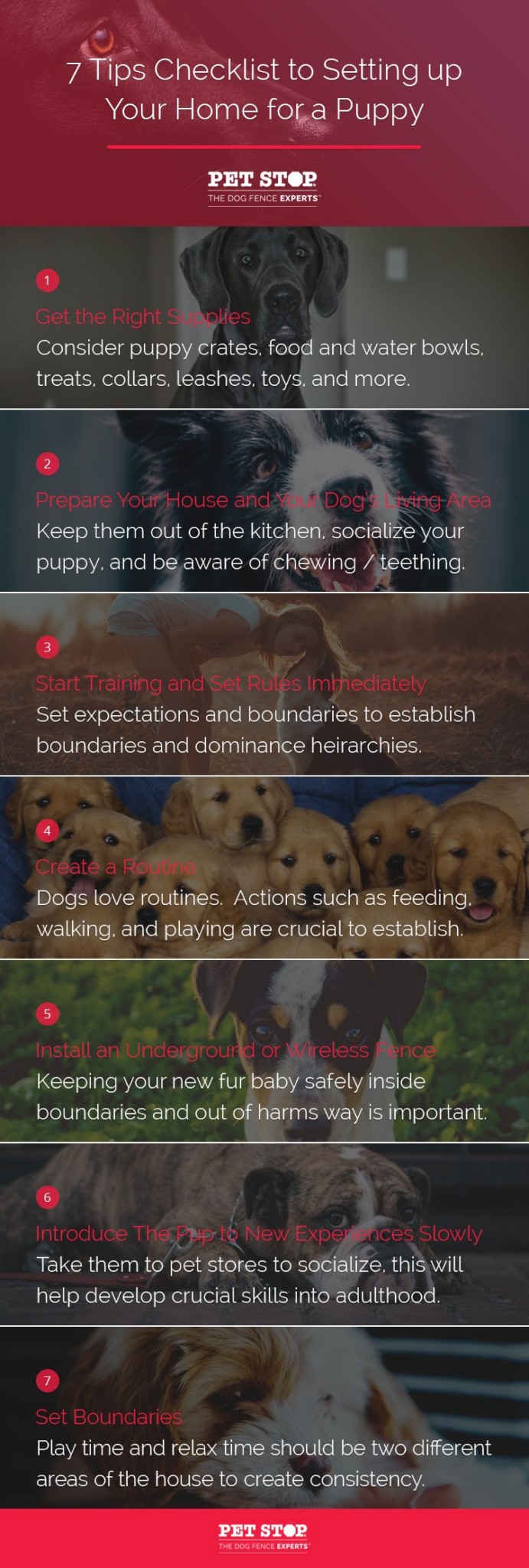
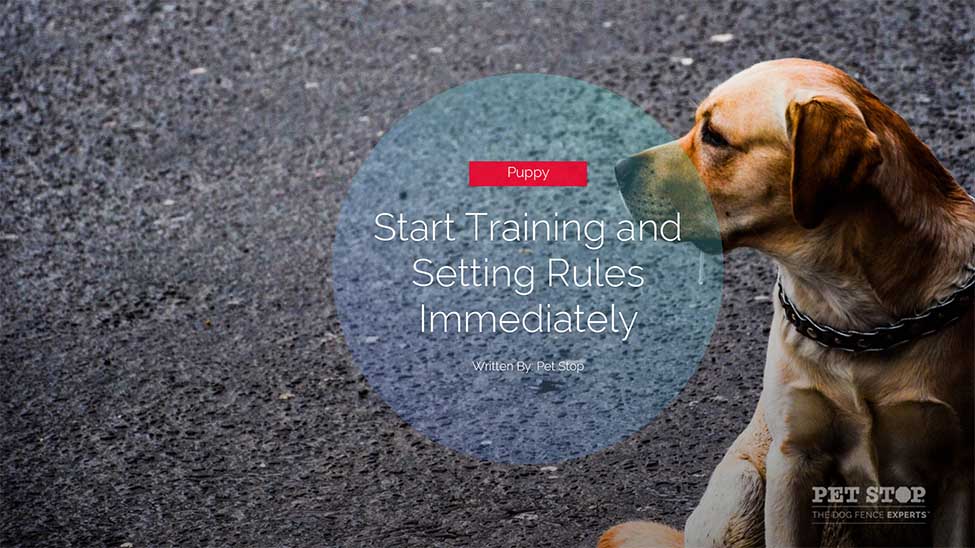
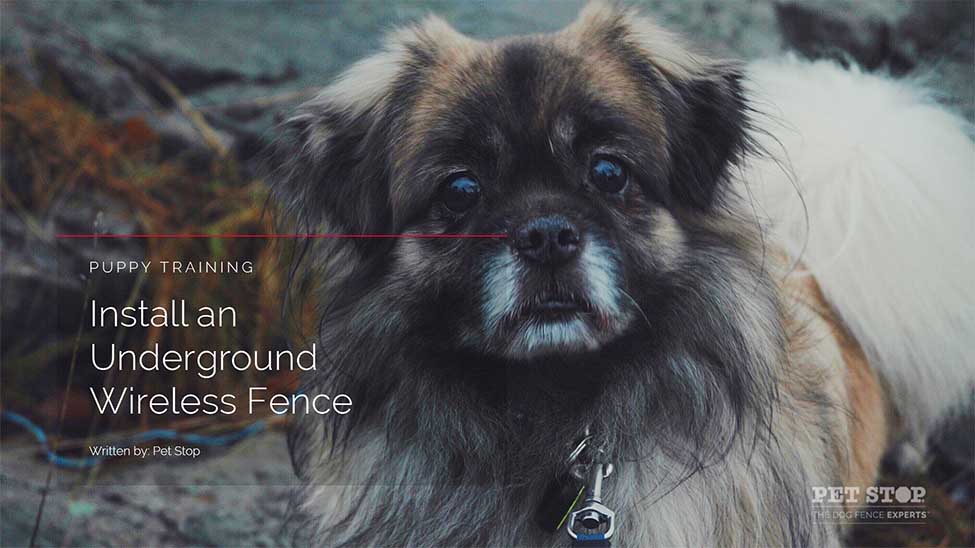
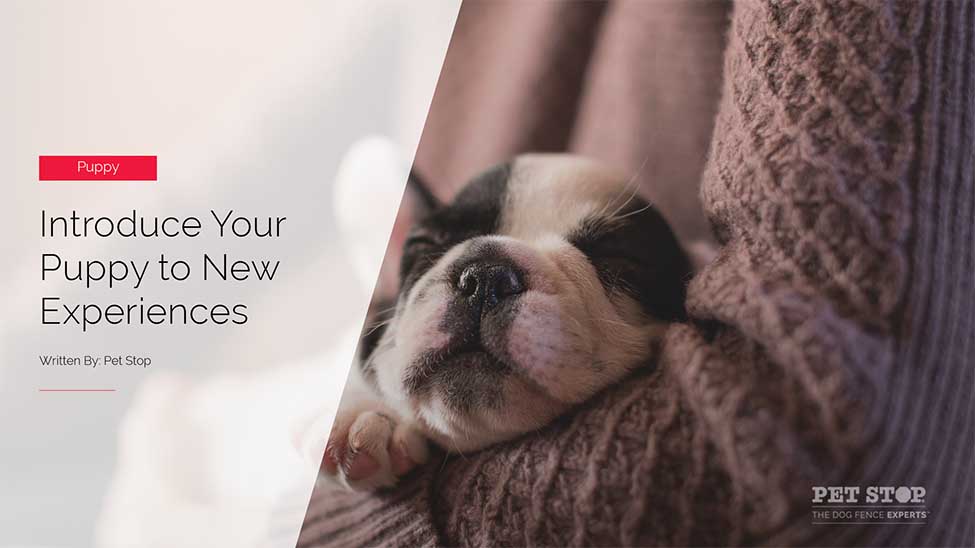
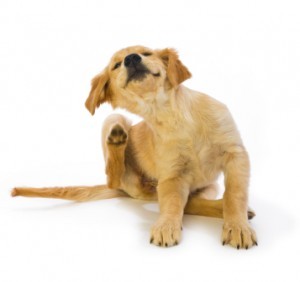
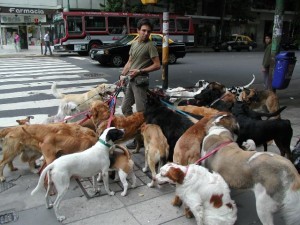
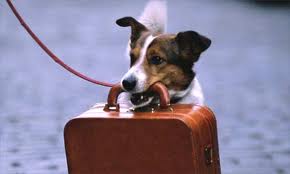
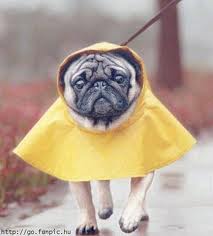 Your dog is great at sniffing stuff out, especially their toys and treats. Take this opportunity to make a game out of a natural talent. If your dog has a favorite toy you can be sure they know exactly what it smells like and how to find it when they want it. For a little bit of fun, take their favorite toy and make sure your dog sees you take it. Then go hide it somewhere in your house and excitedly tell them to go find their toy. Your hiding spot doesn’t have to be hard; under the couch or on your bed will be about right.
Your dog is great at sniffing stuff out, especially their toys and treats. Take this opportunity to make a game out of a natural talent. If your dog has a favorite toy you can be sure they know exactly what it smells like and how to find it when they want it. For a little bit of fun, take their favorite toy and make sure your dog sees you take it. Then go hide it somewhere in your house and excitedly tell them to go find their toy. Your hiding spot doesn’t have to be hard; under the couch or on your bed will be about right.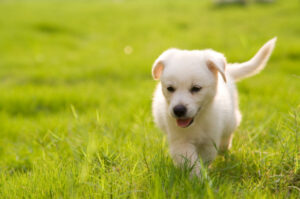
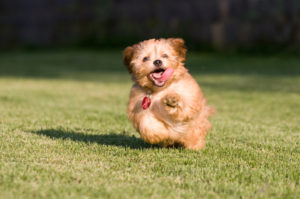
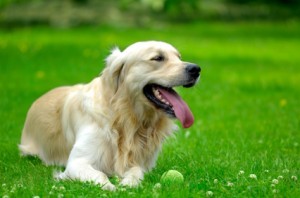 The Dog Park
The Dog Park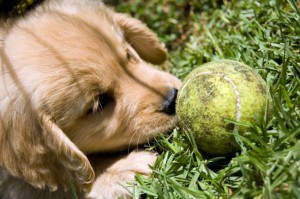 Signs of heat stroke include:
Signs of heat stroke include: